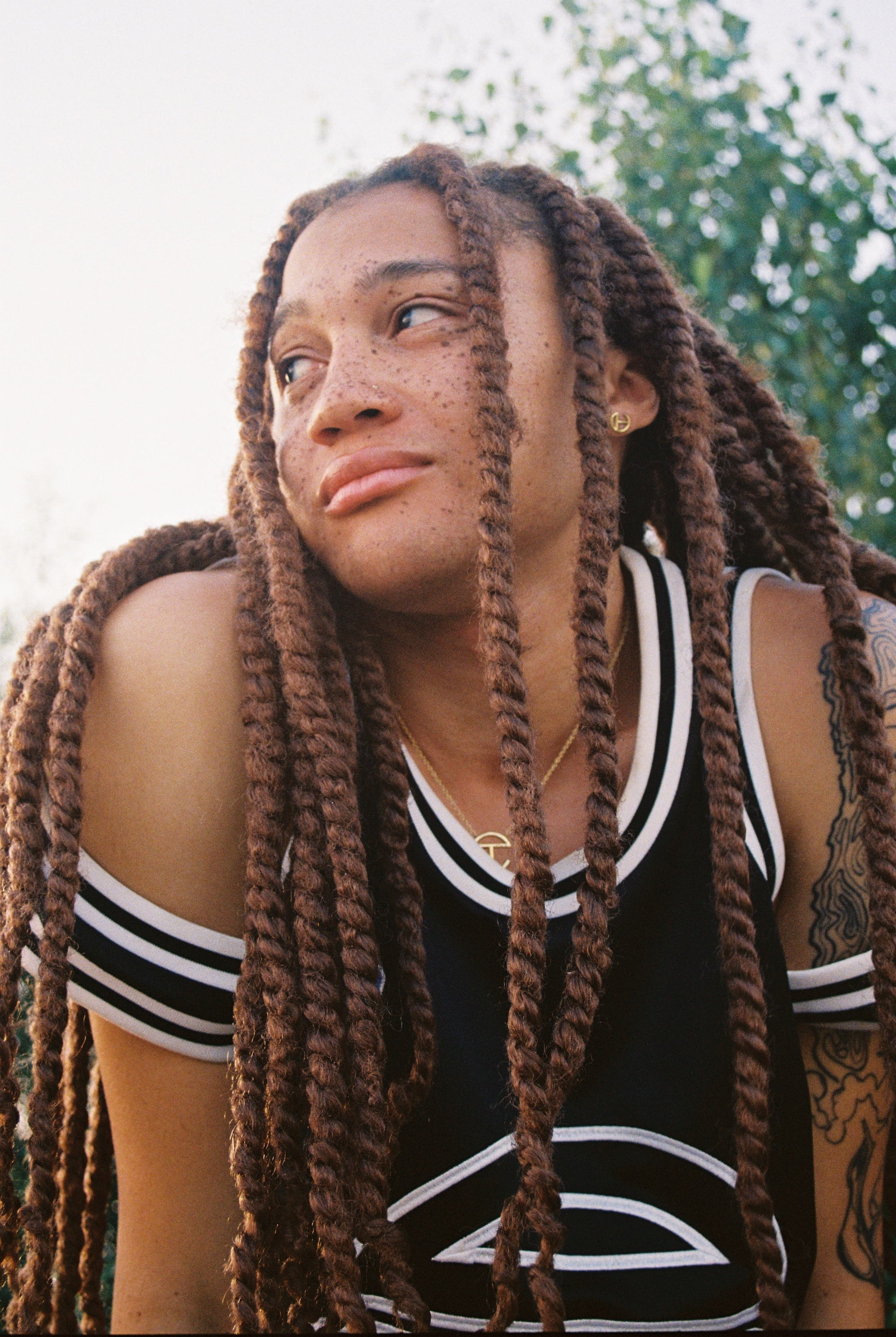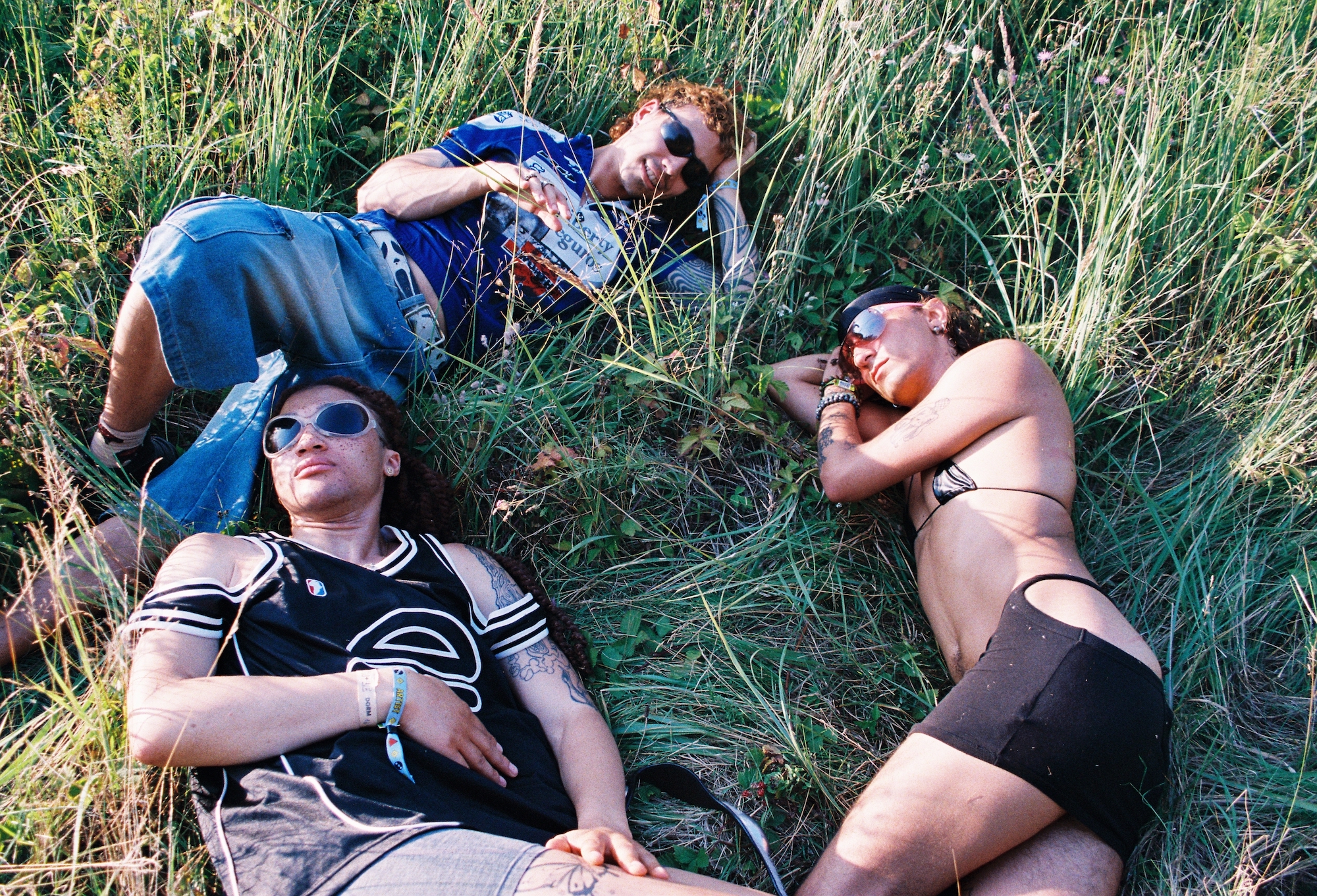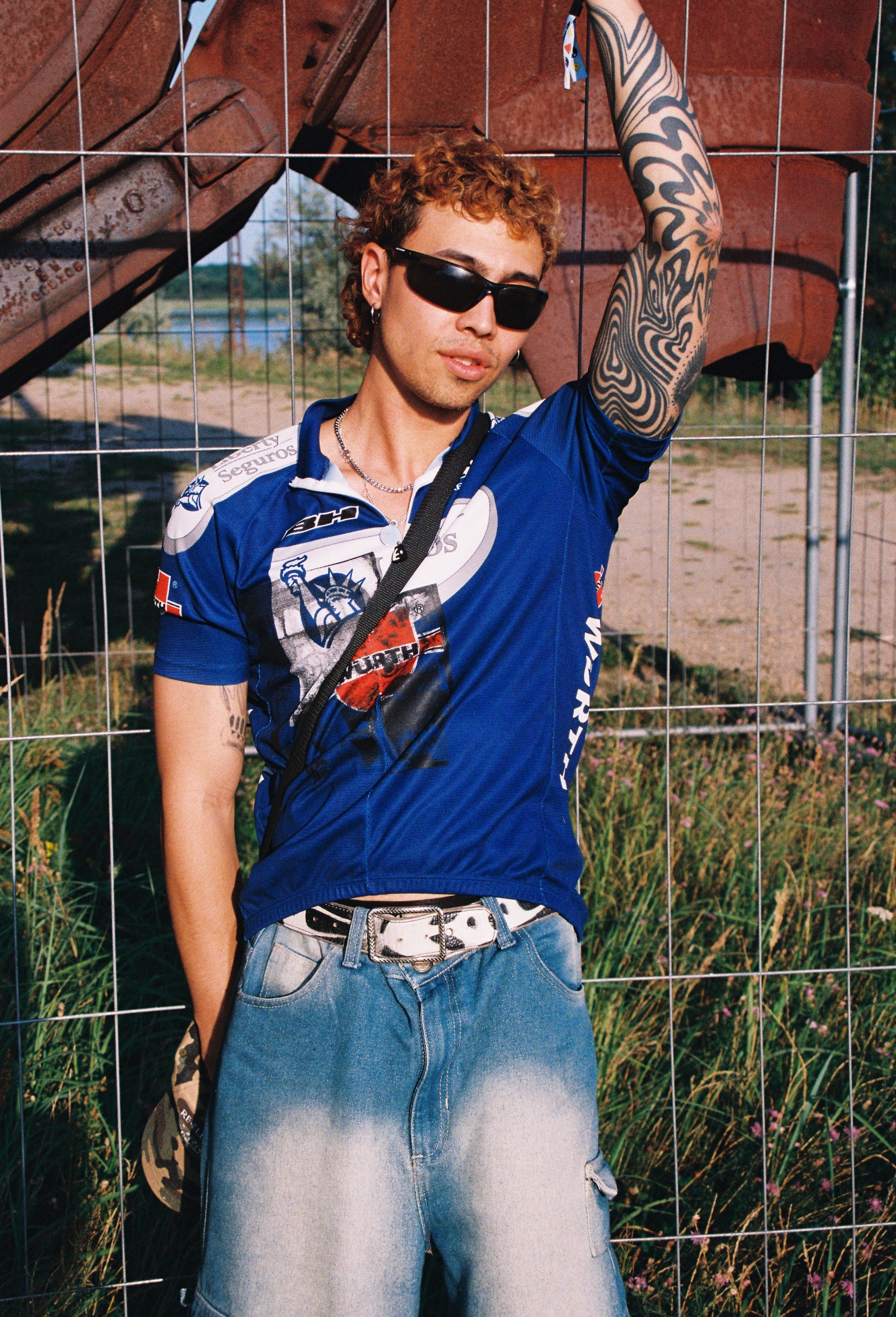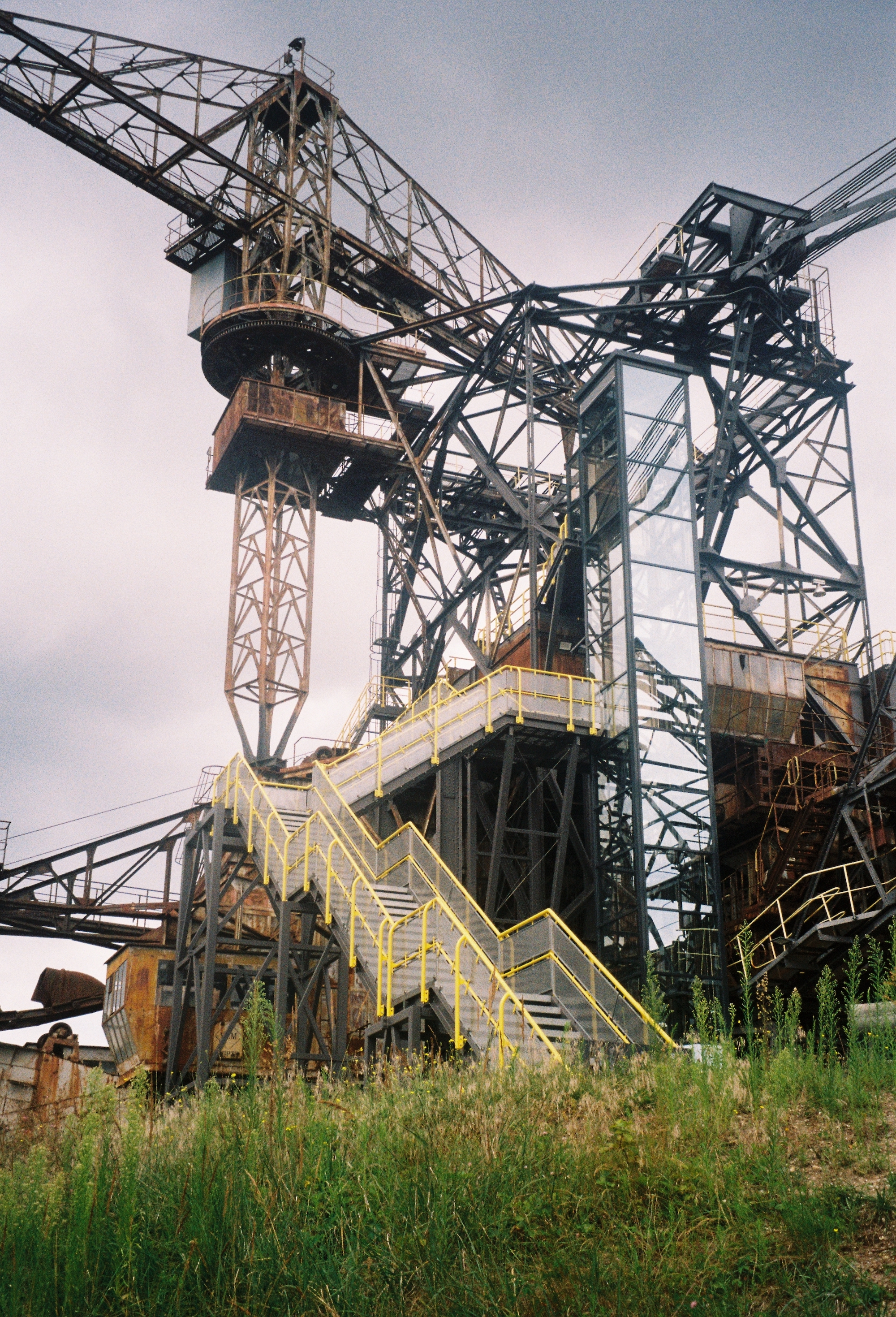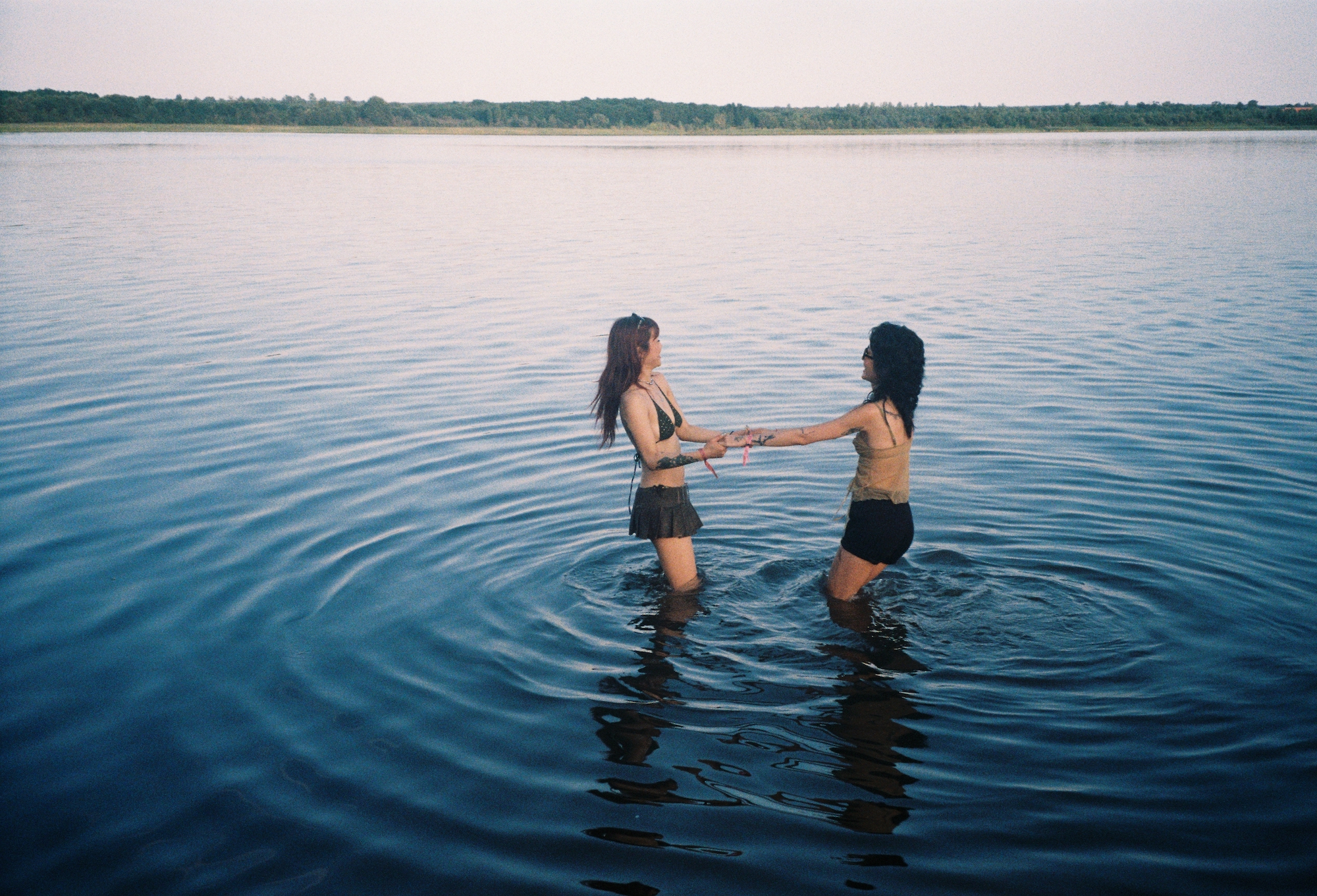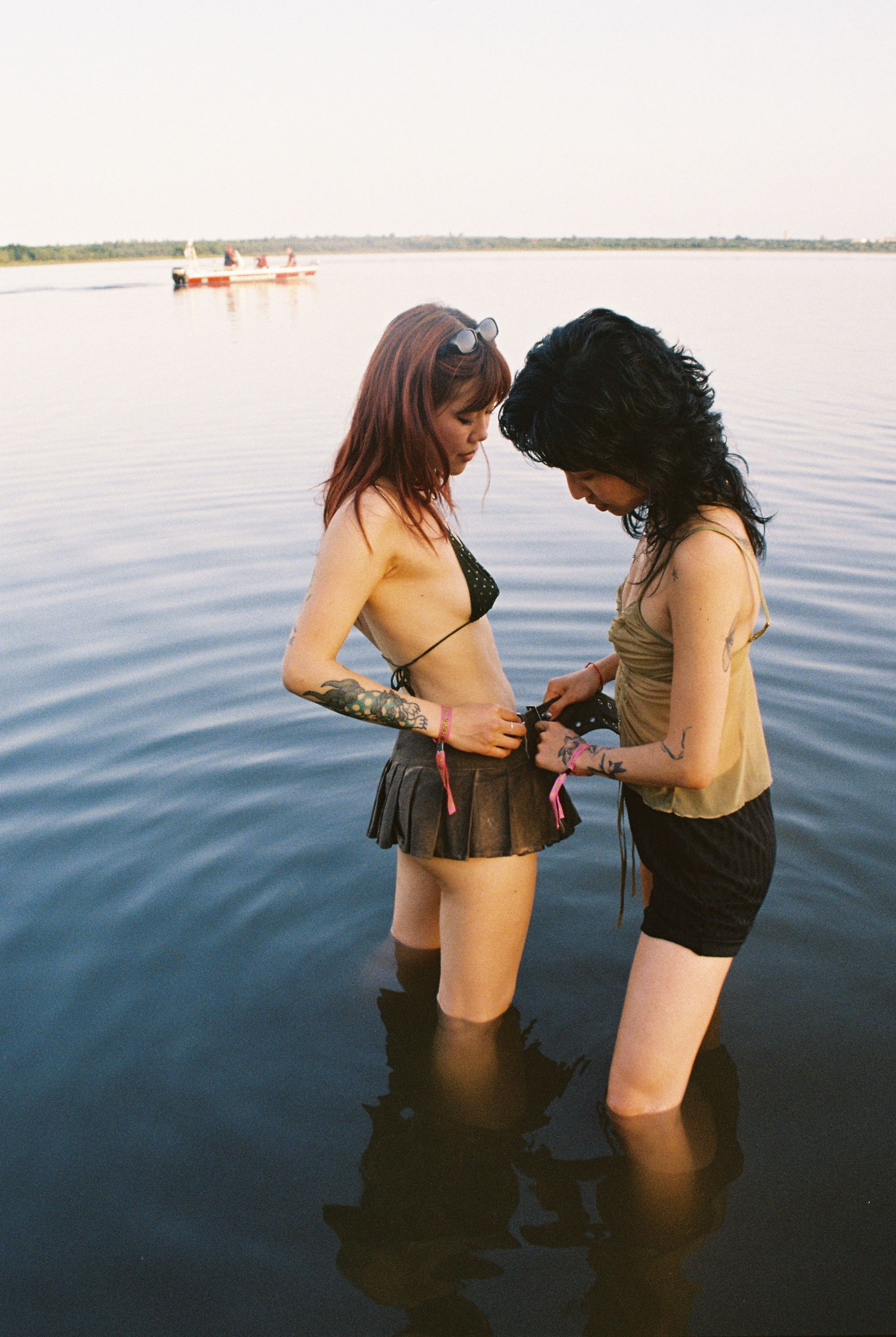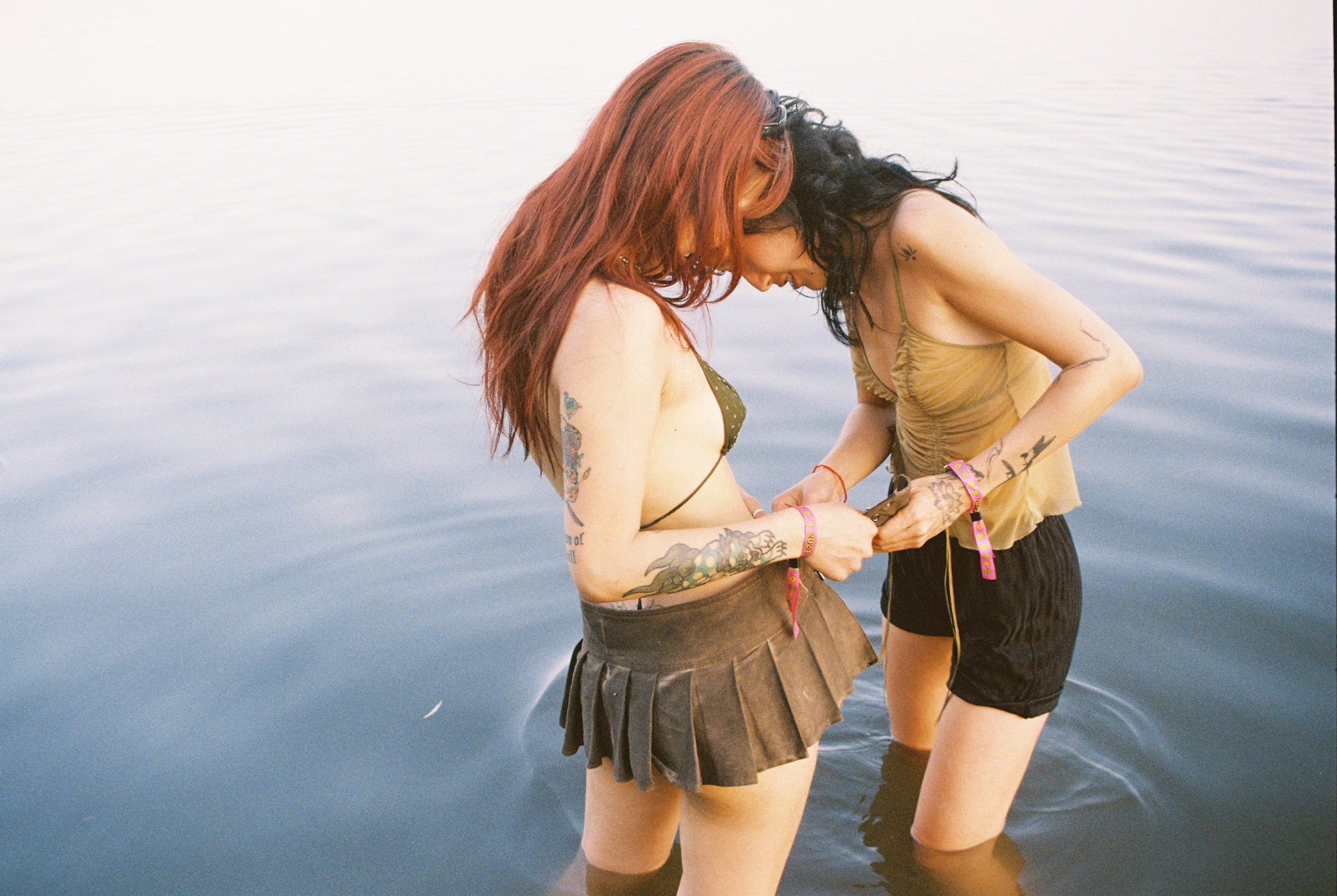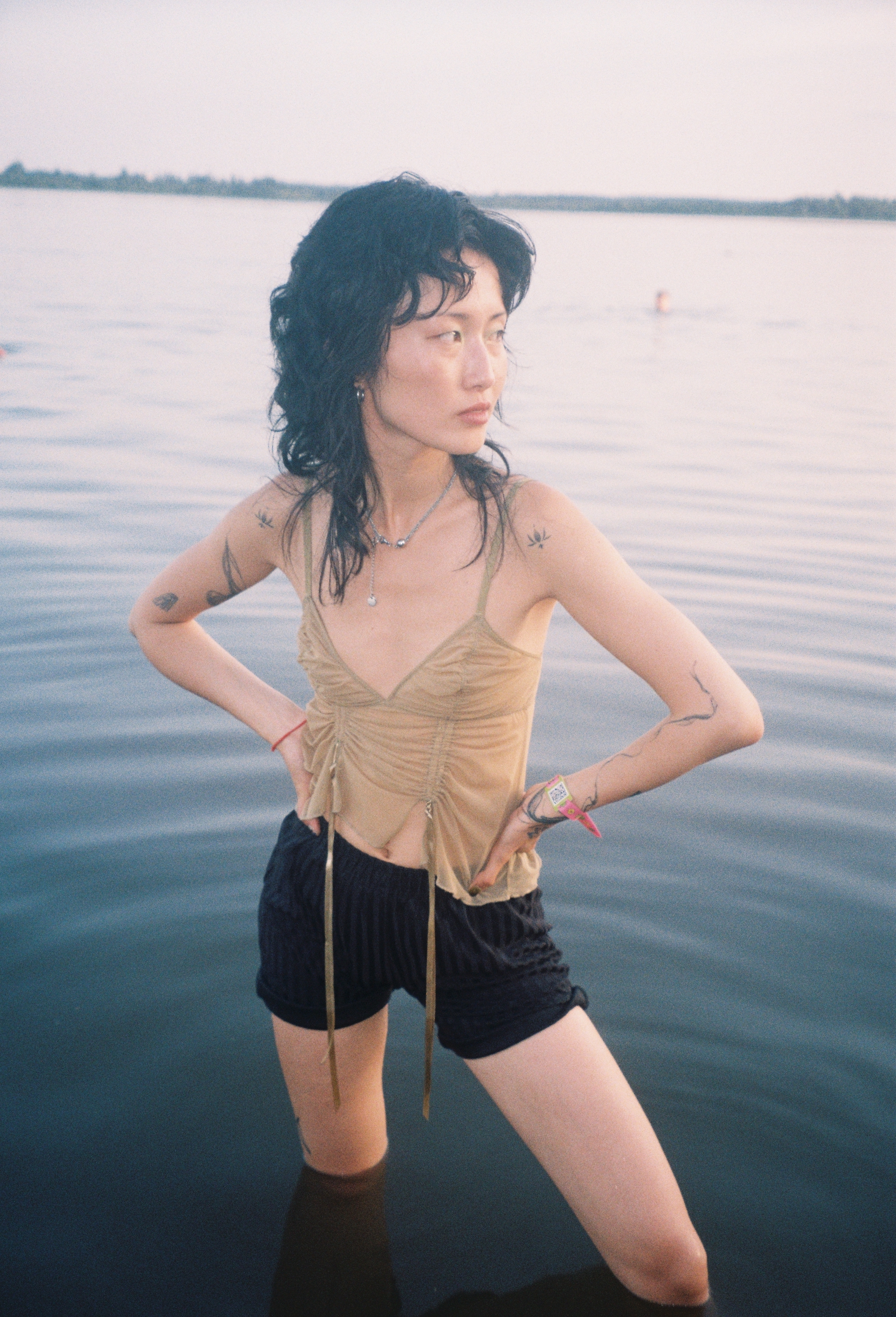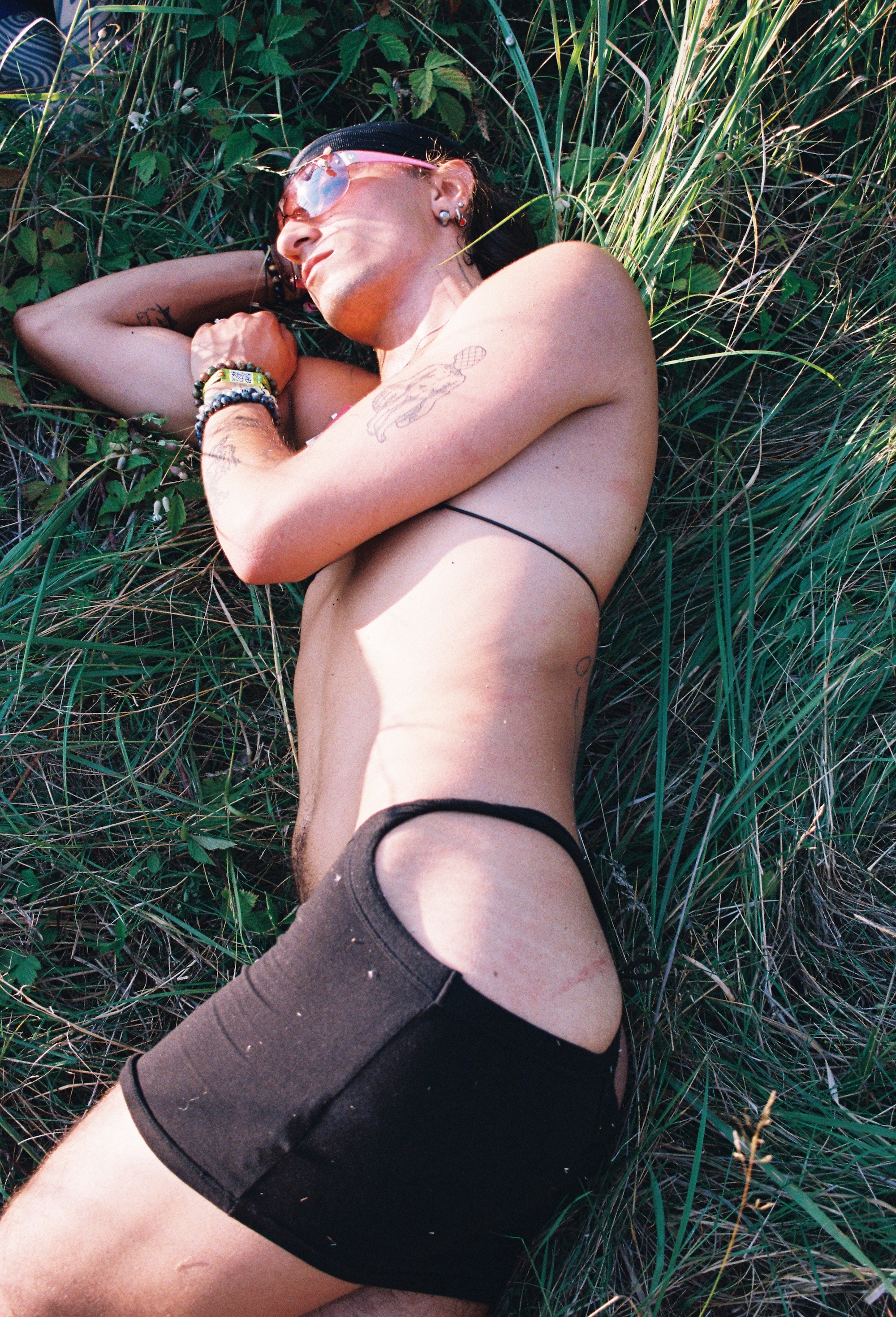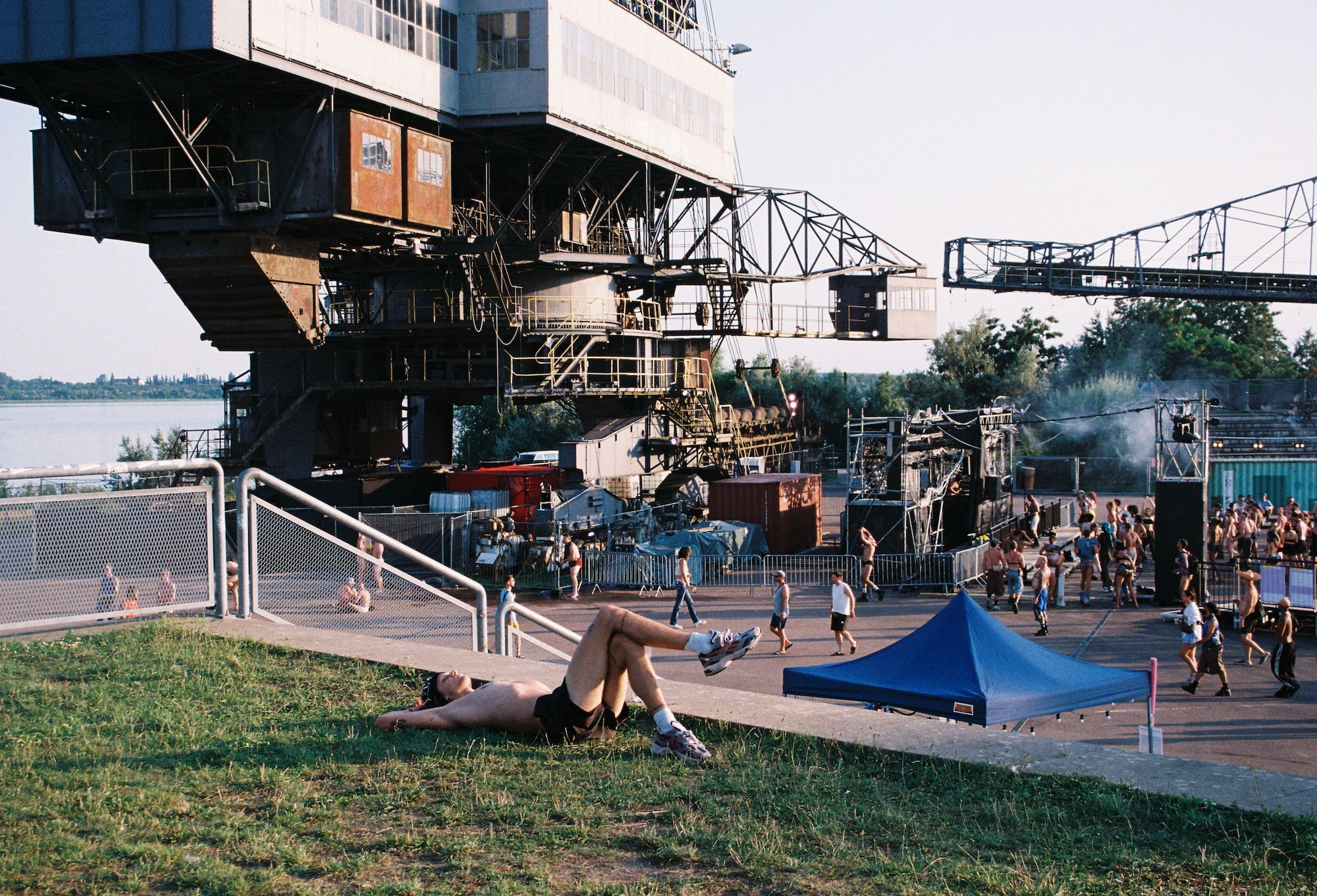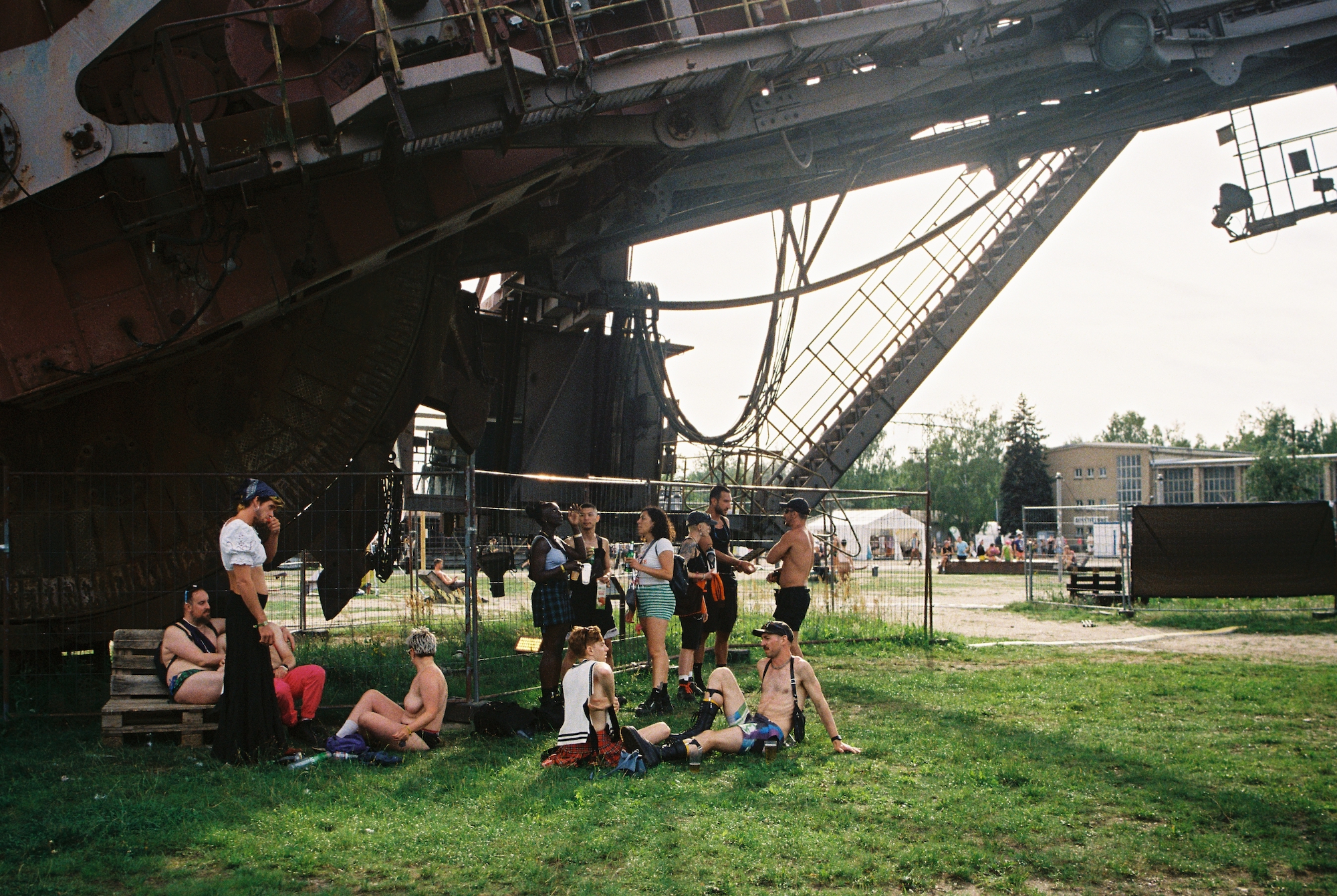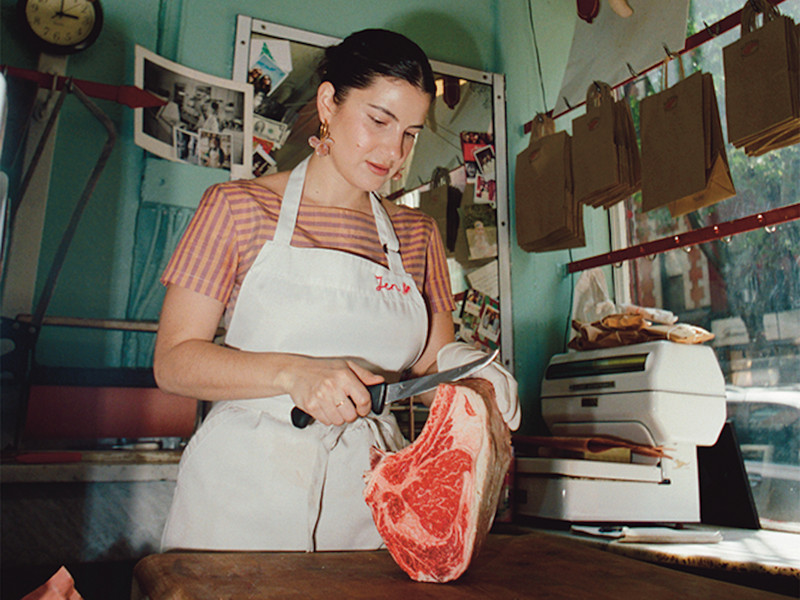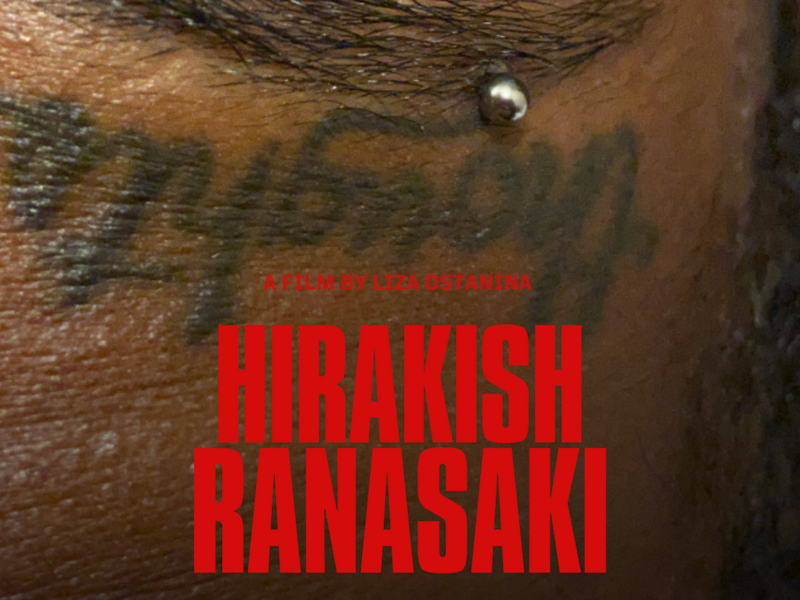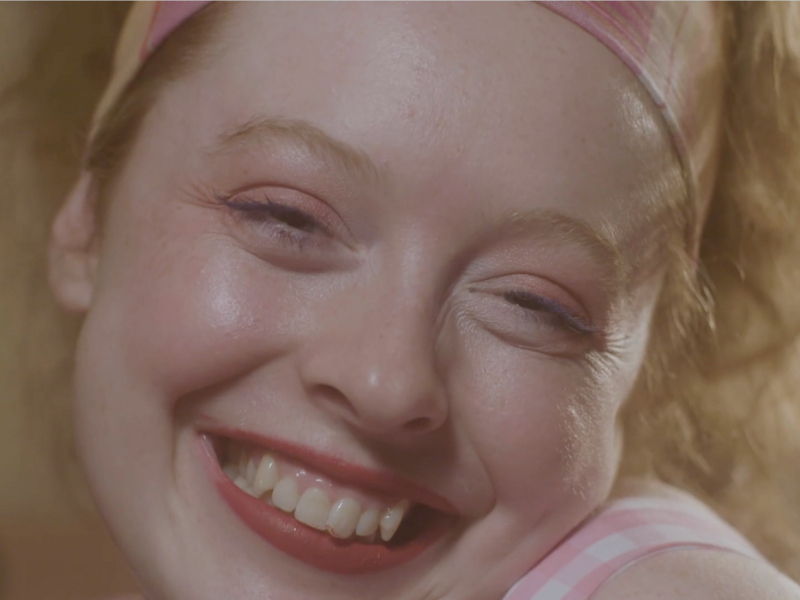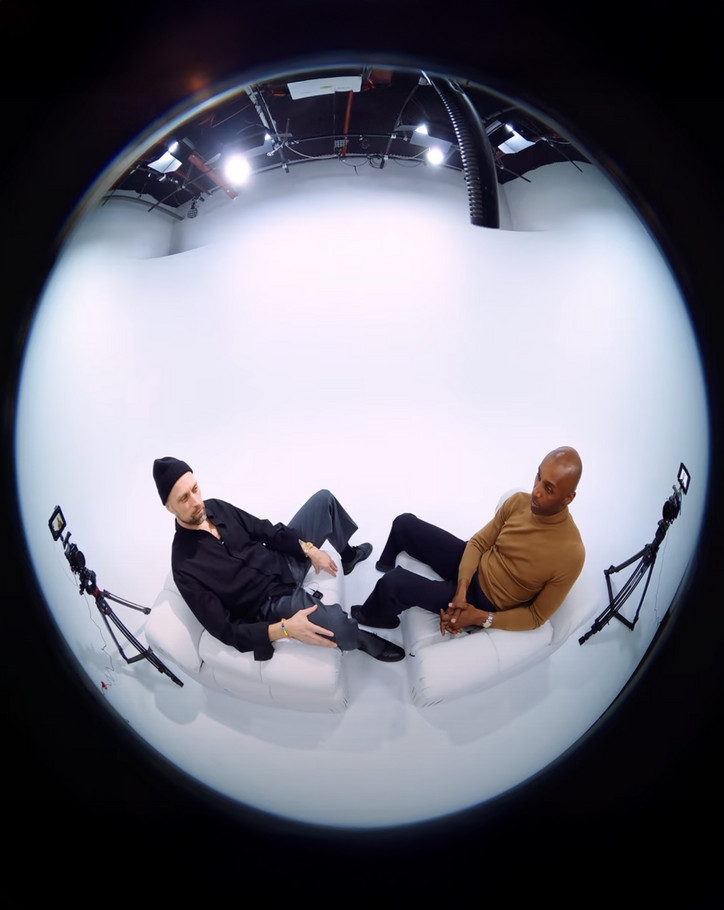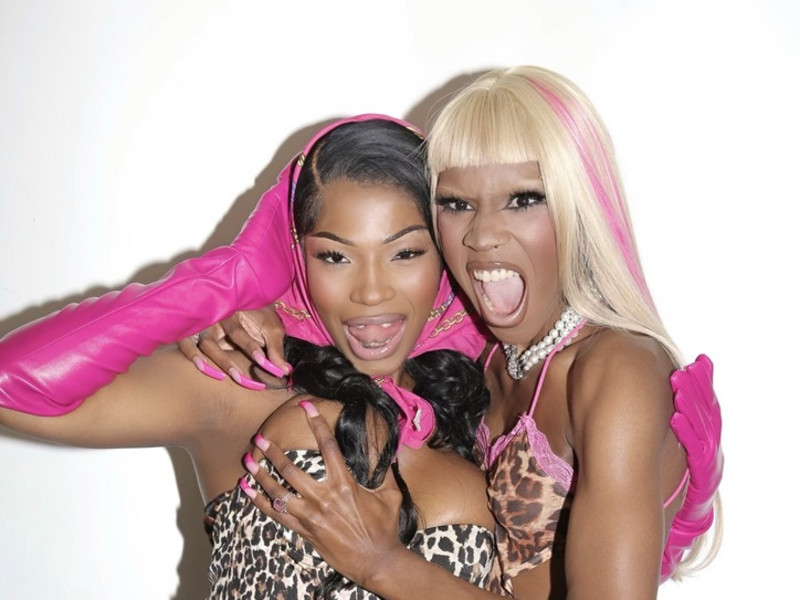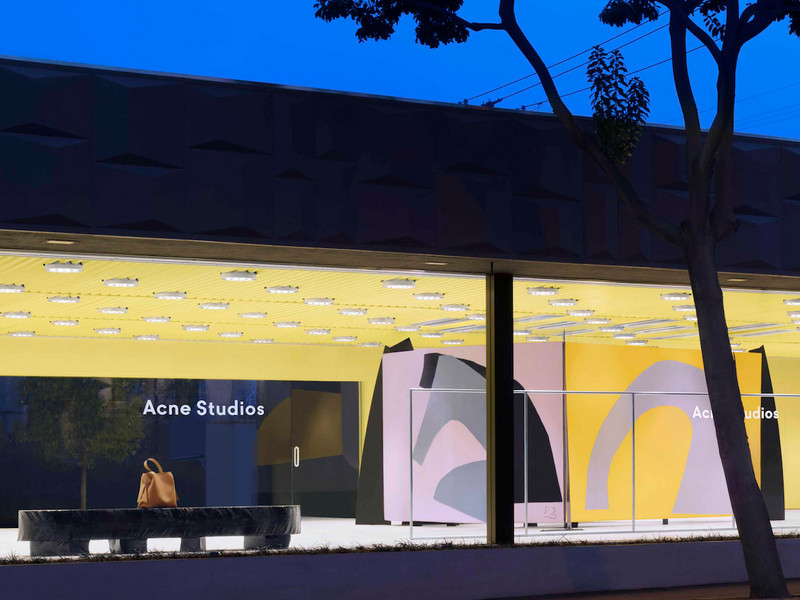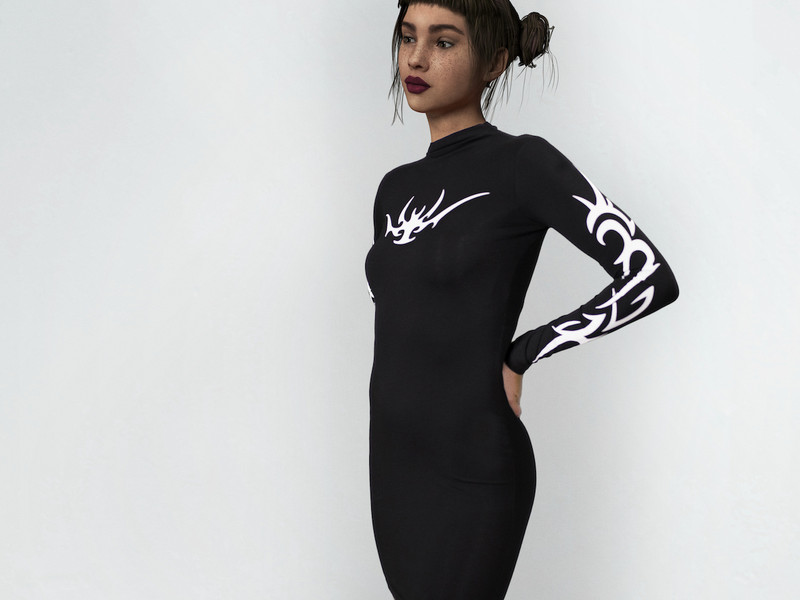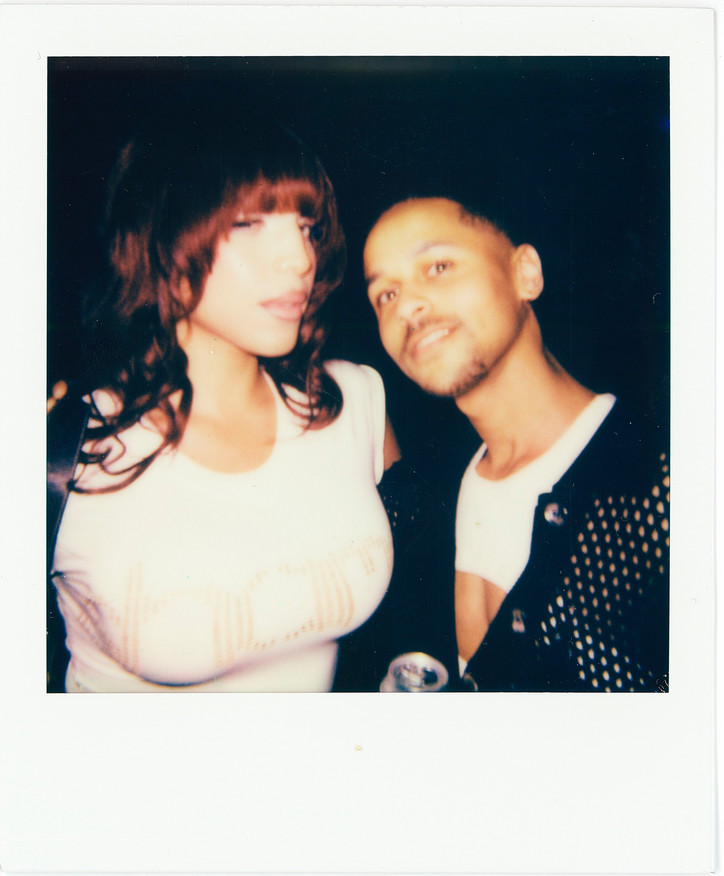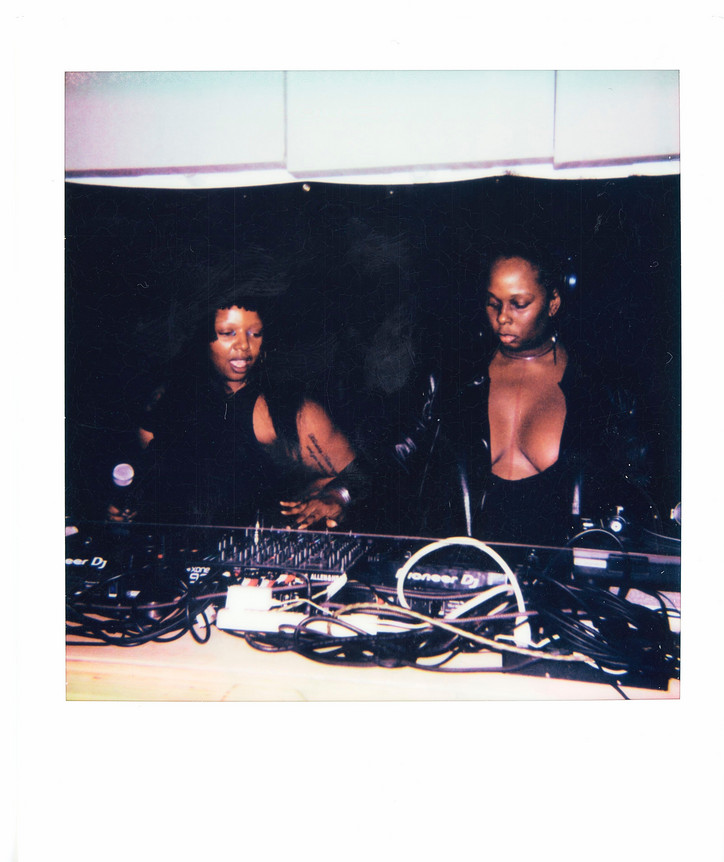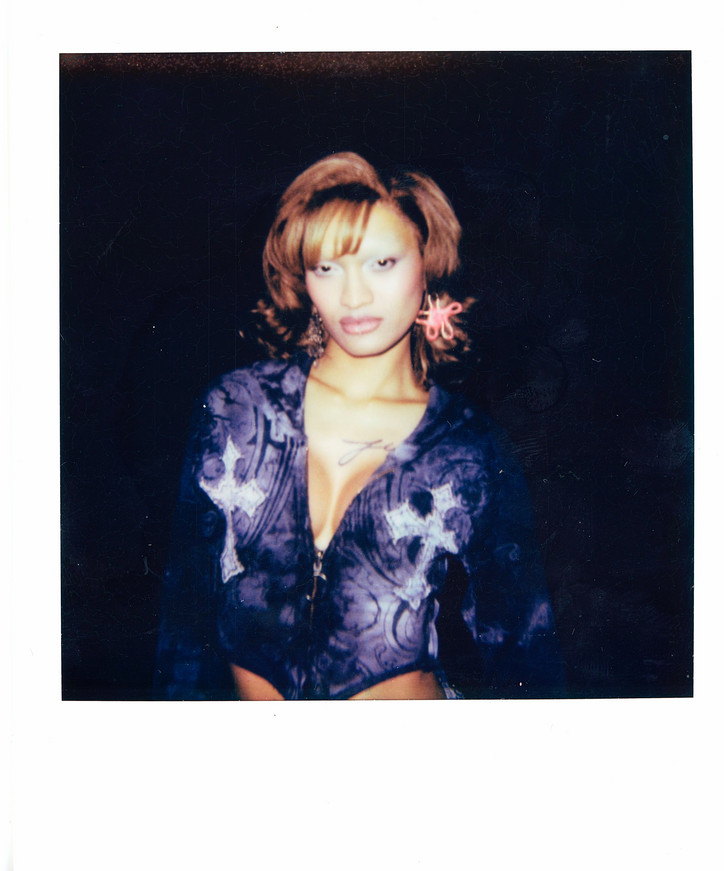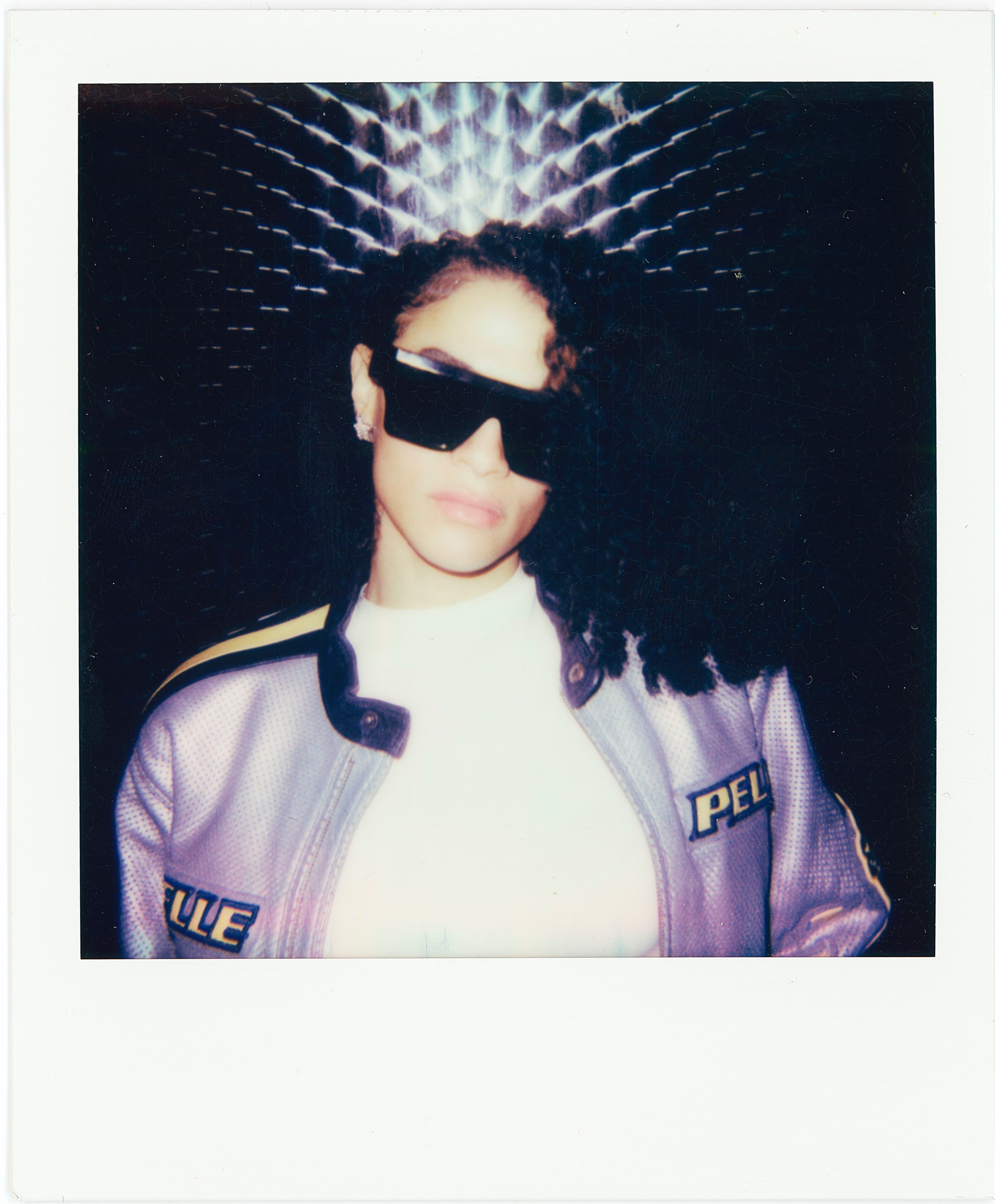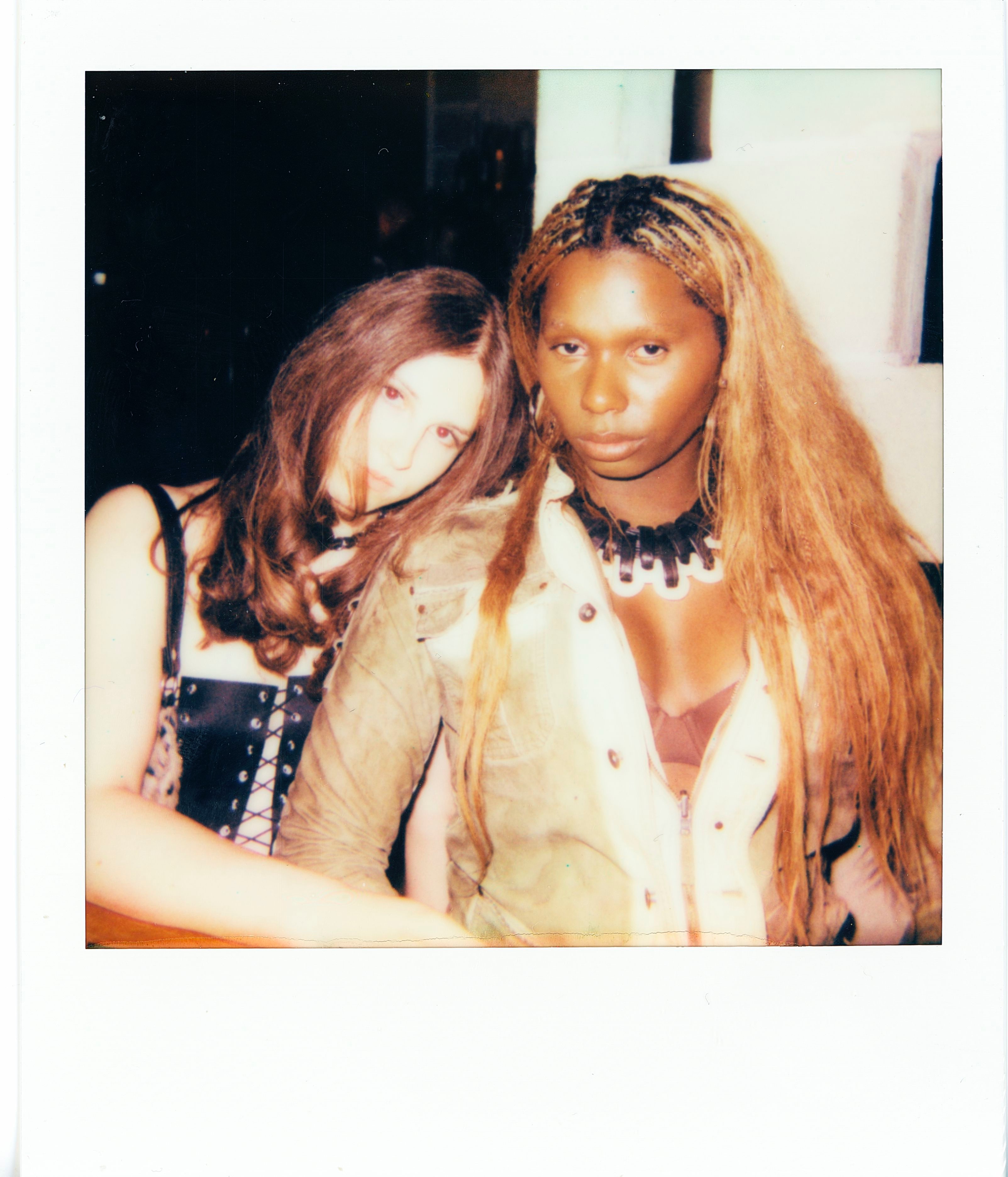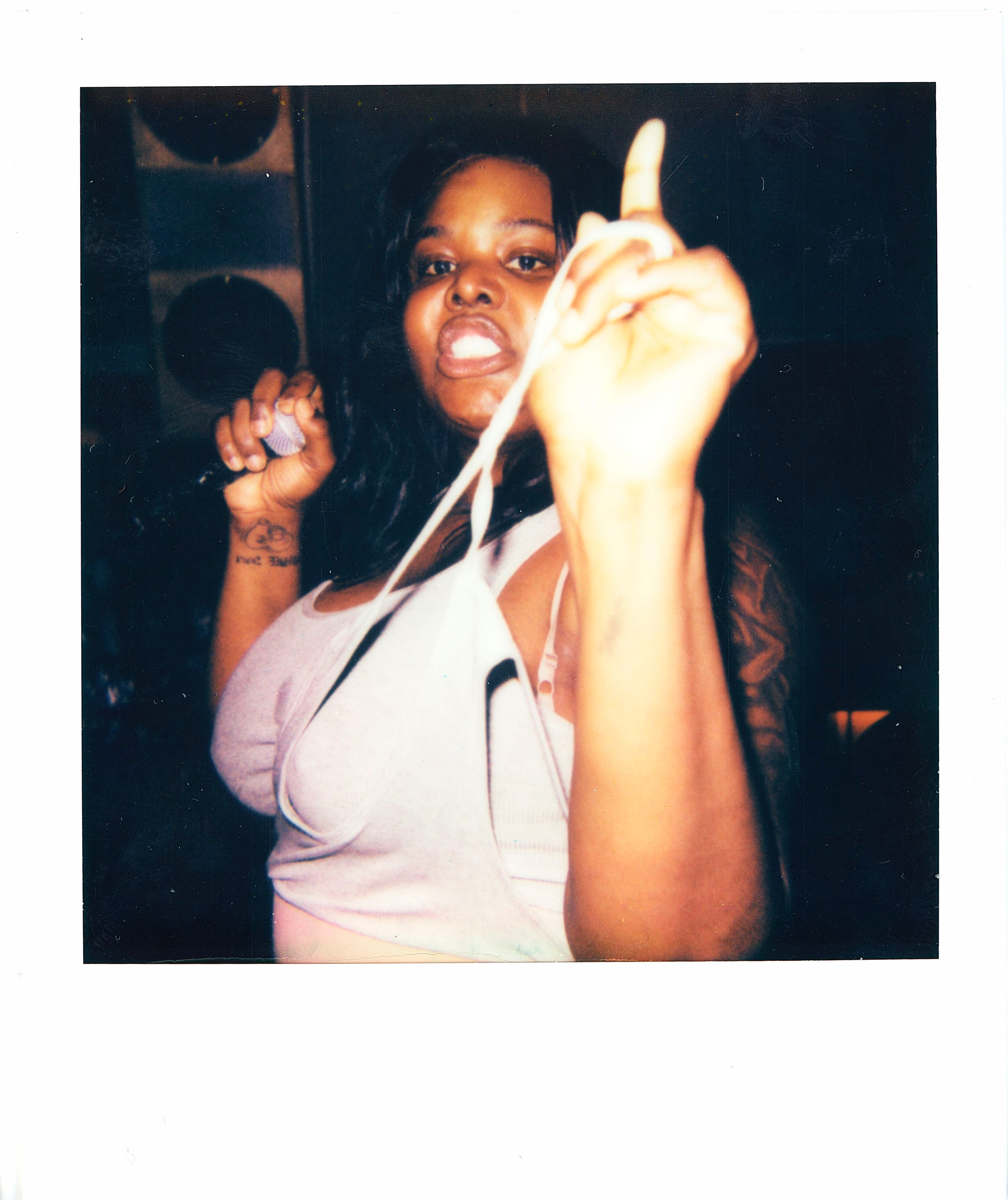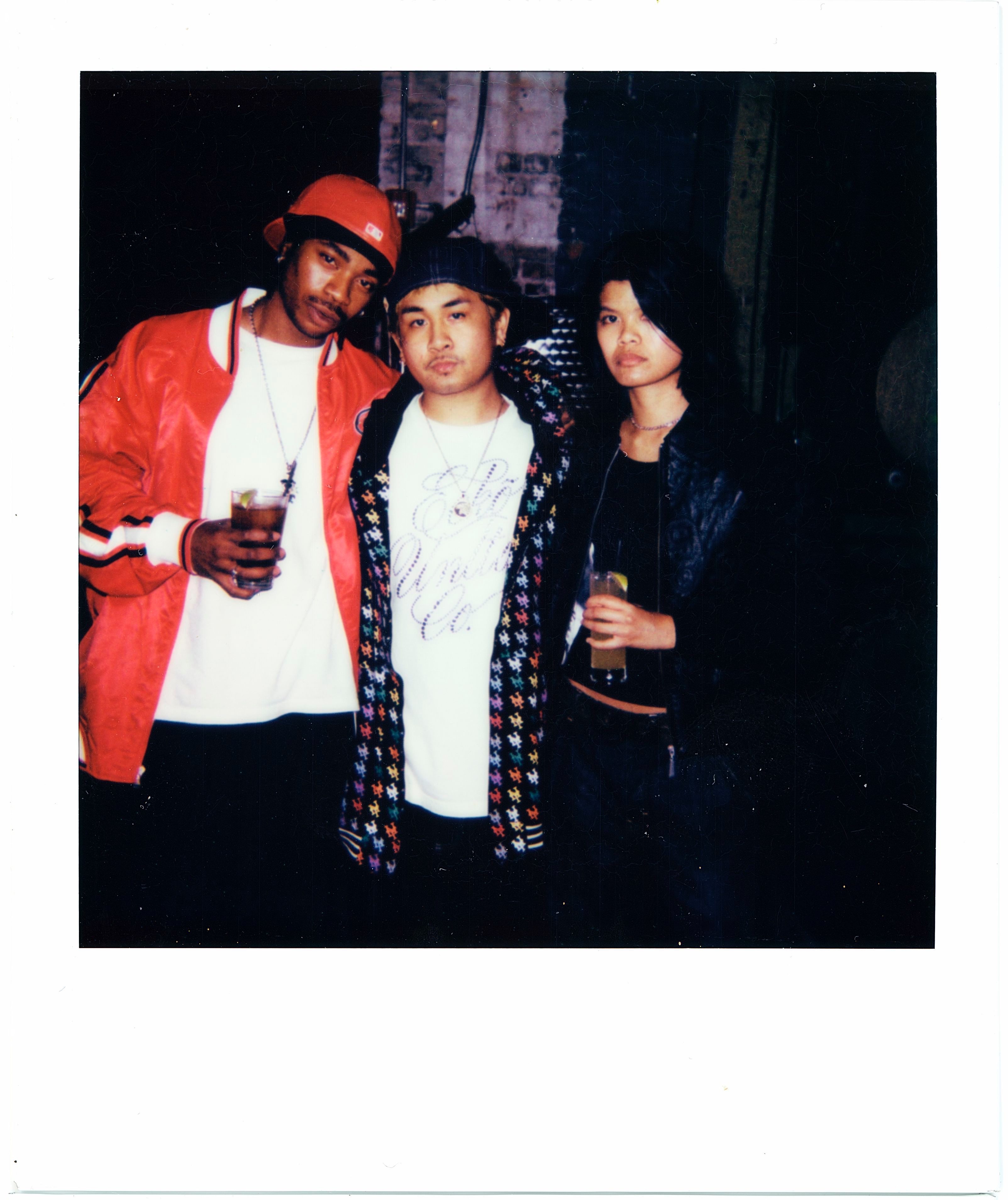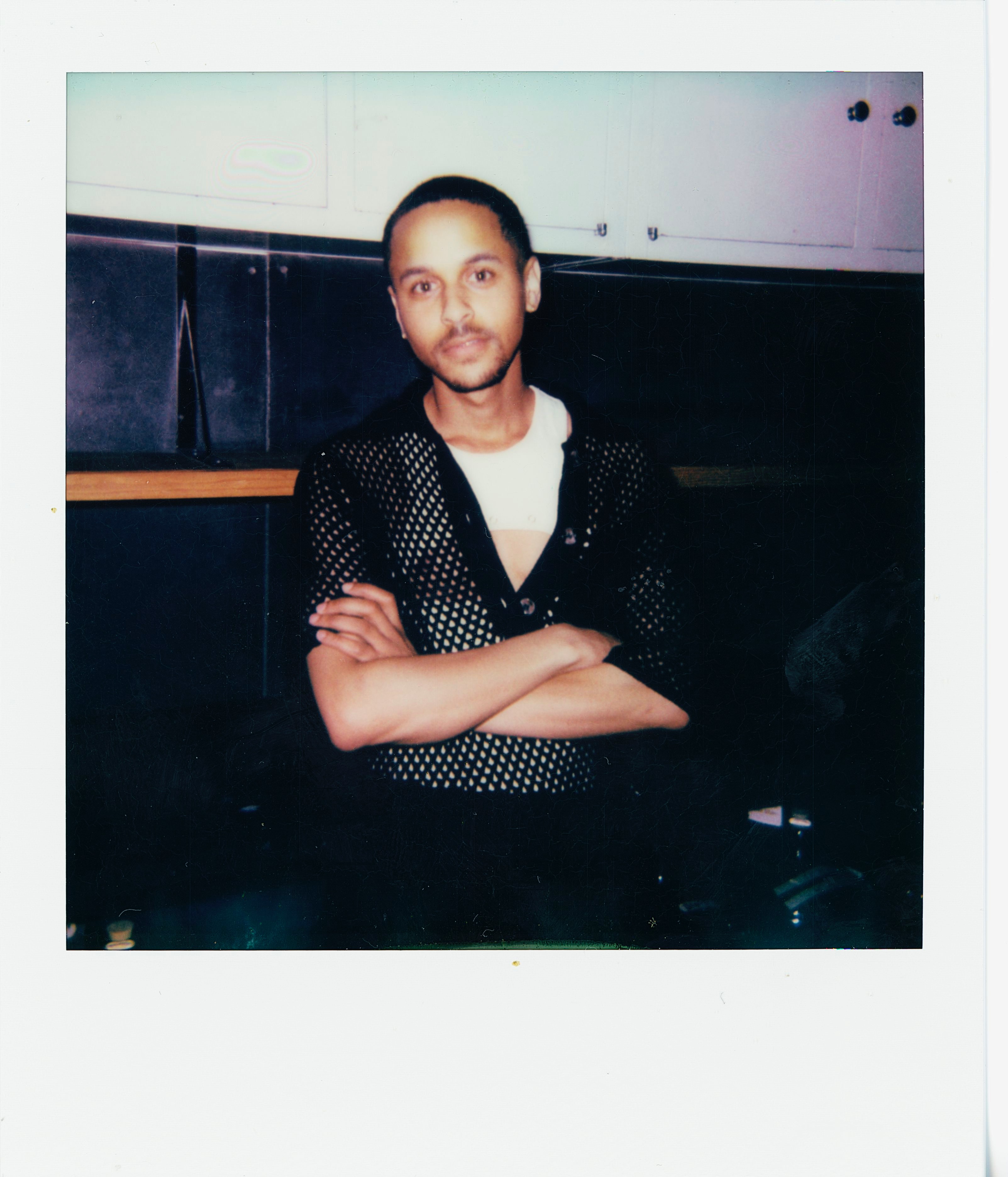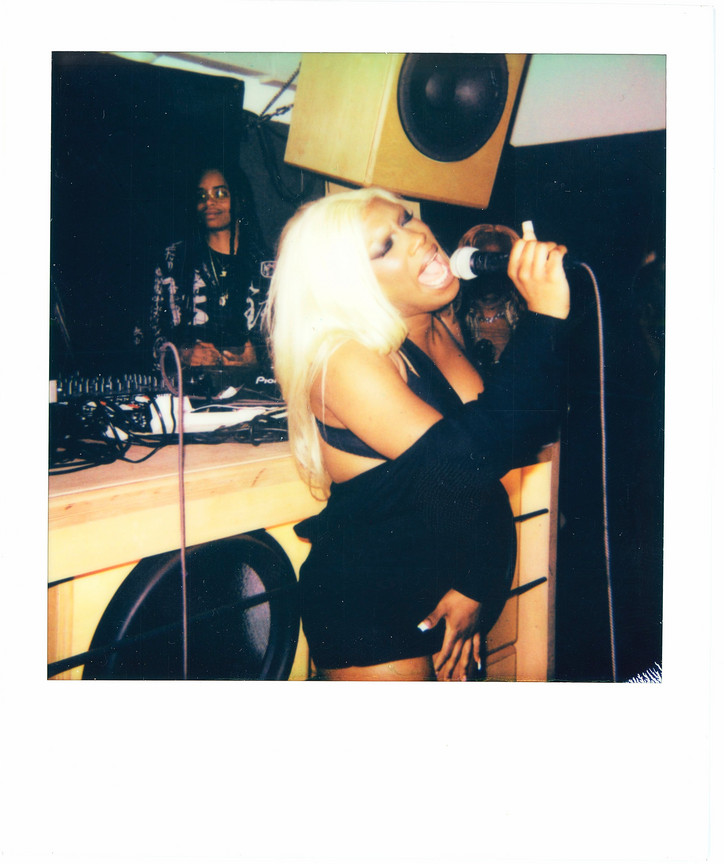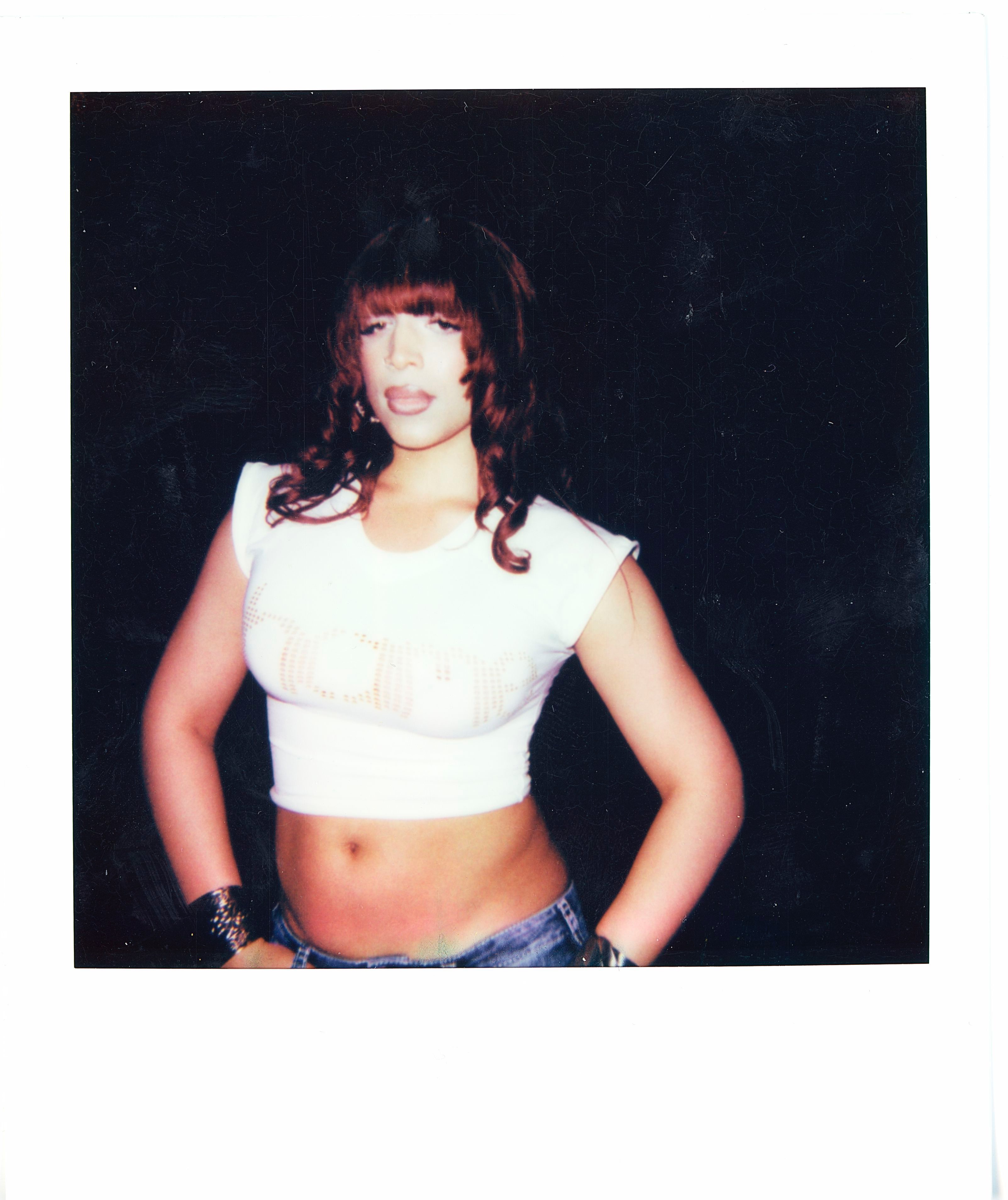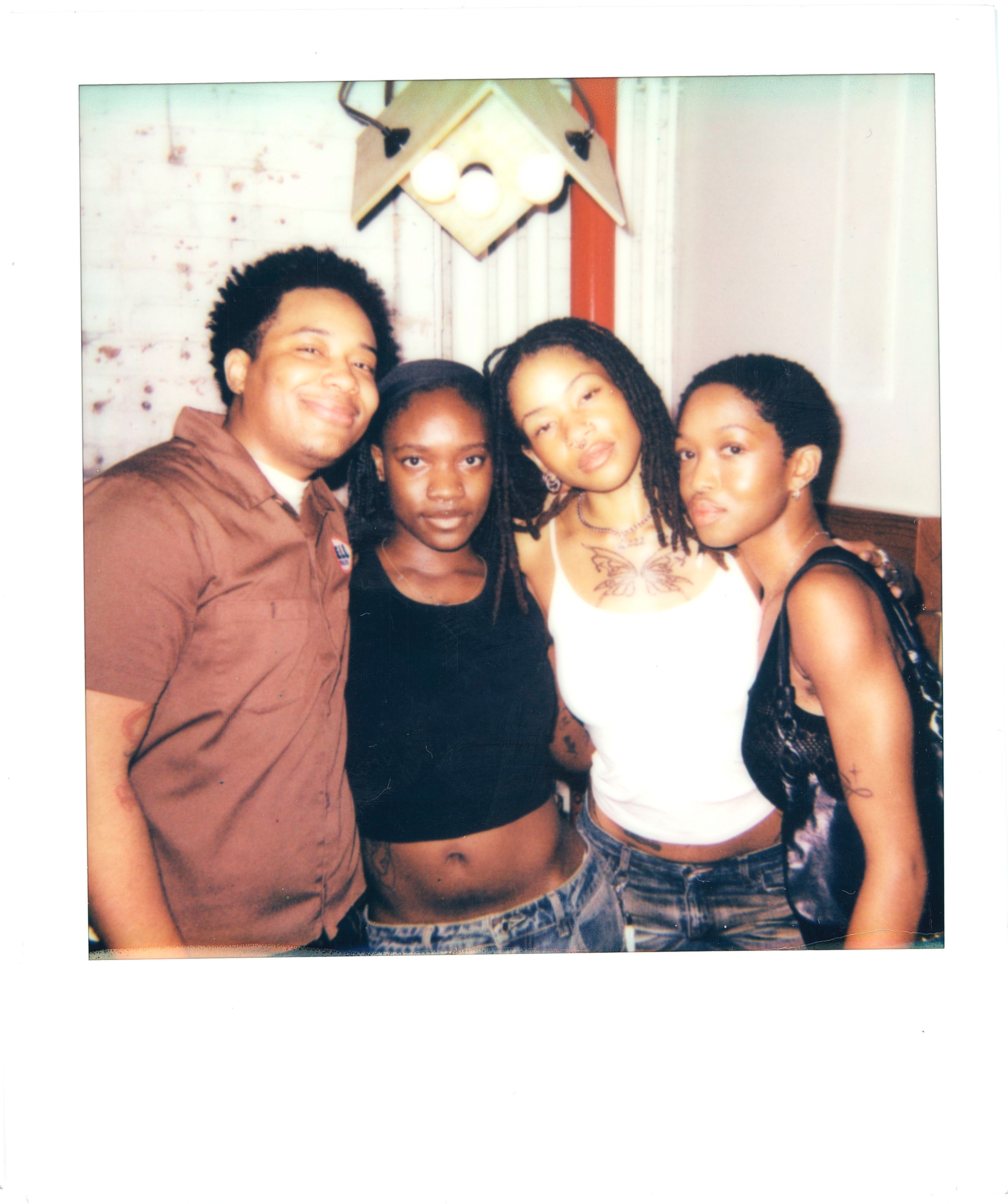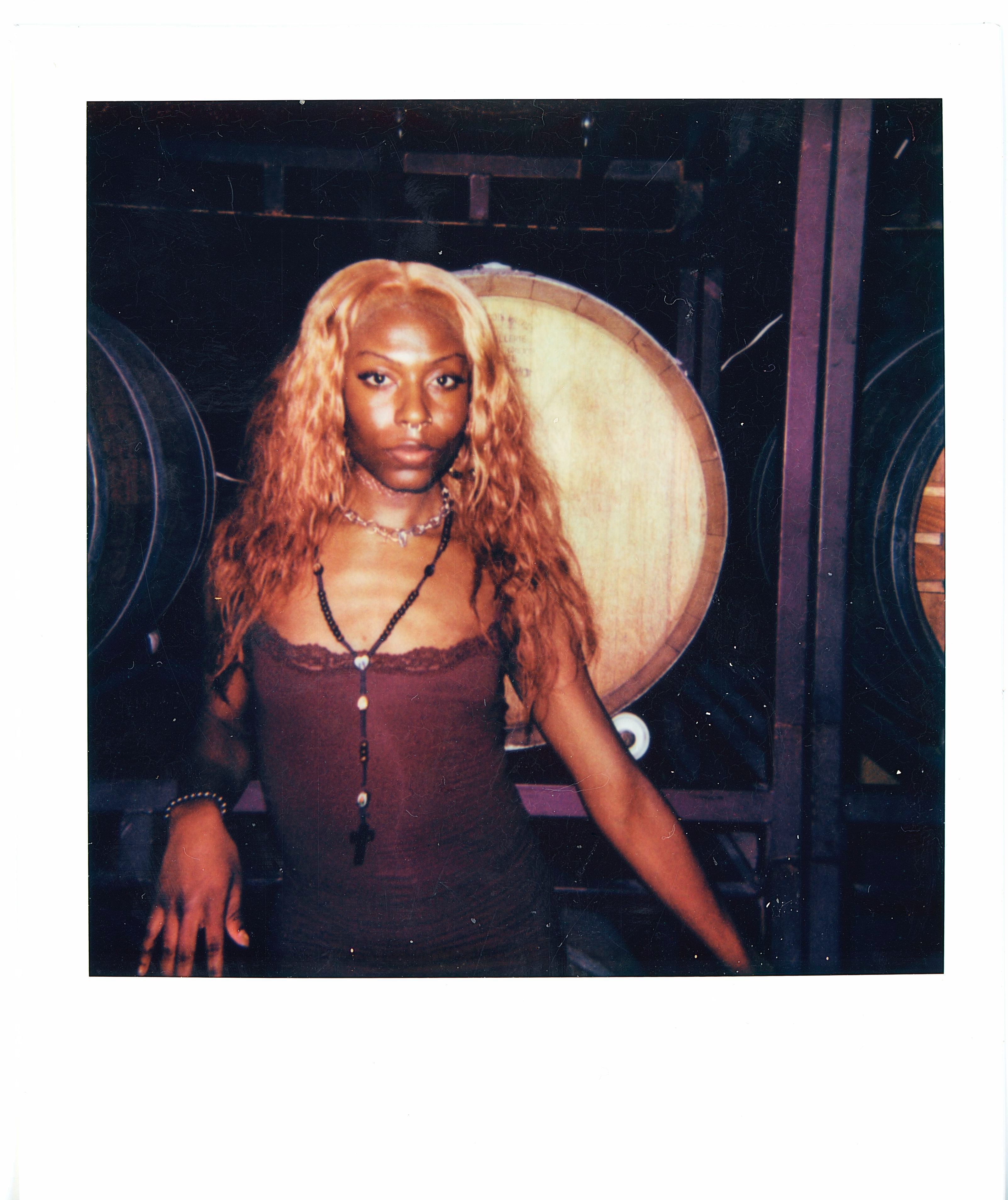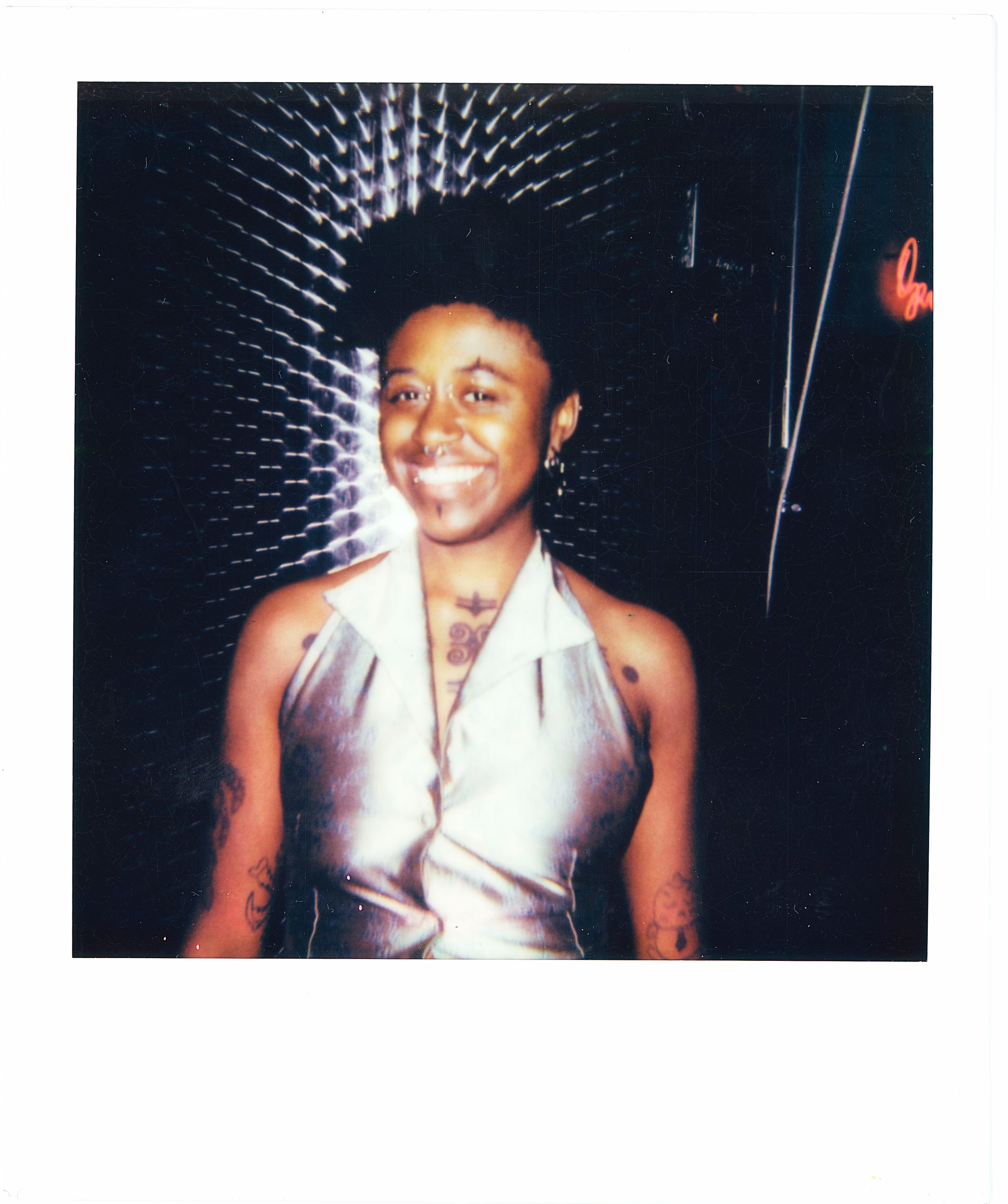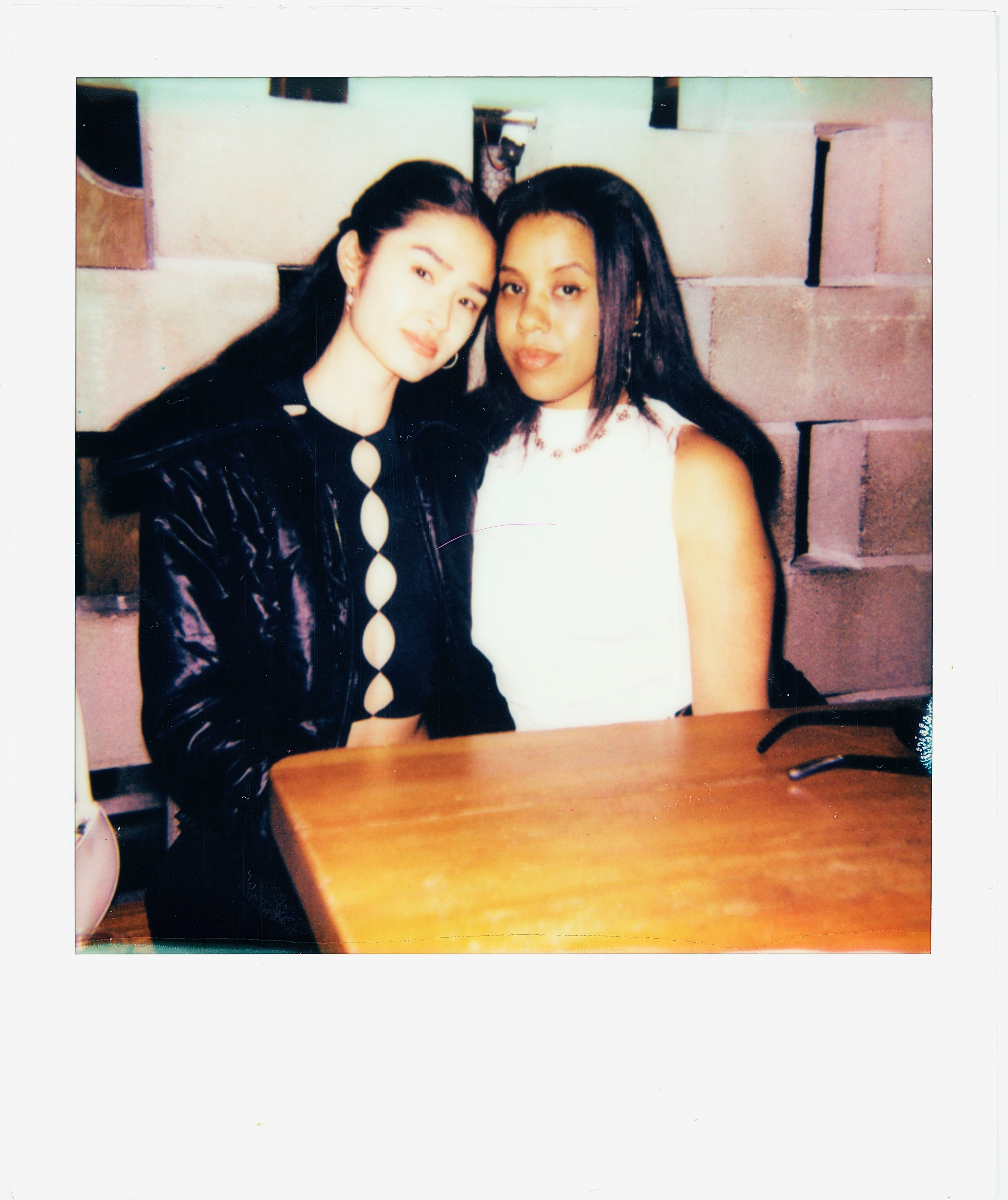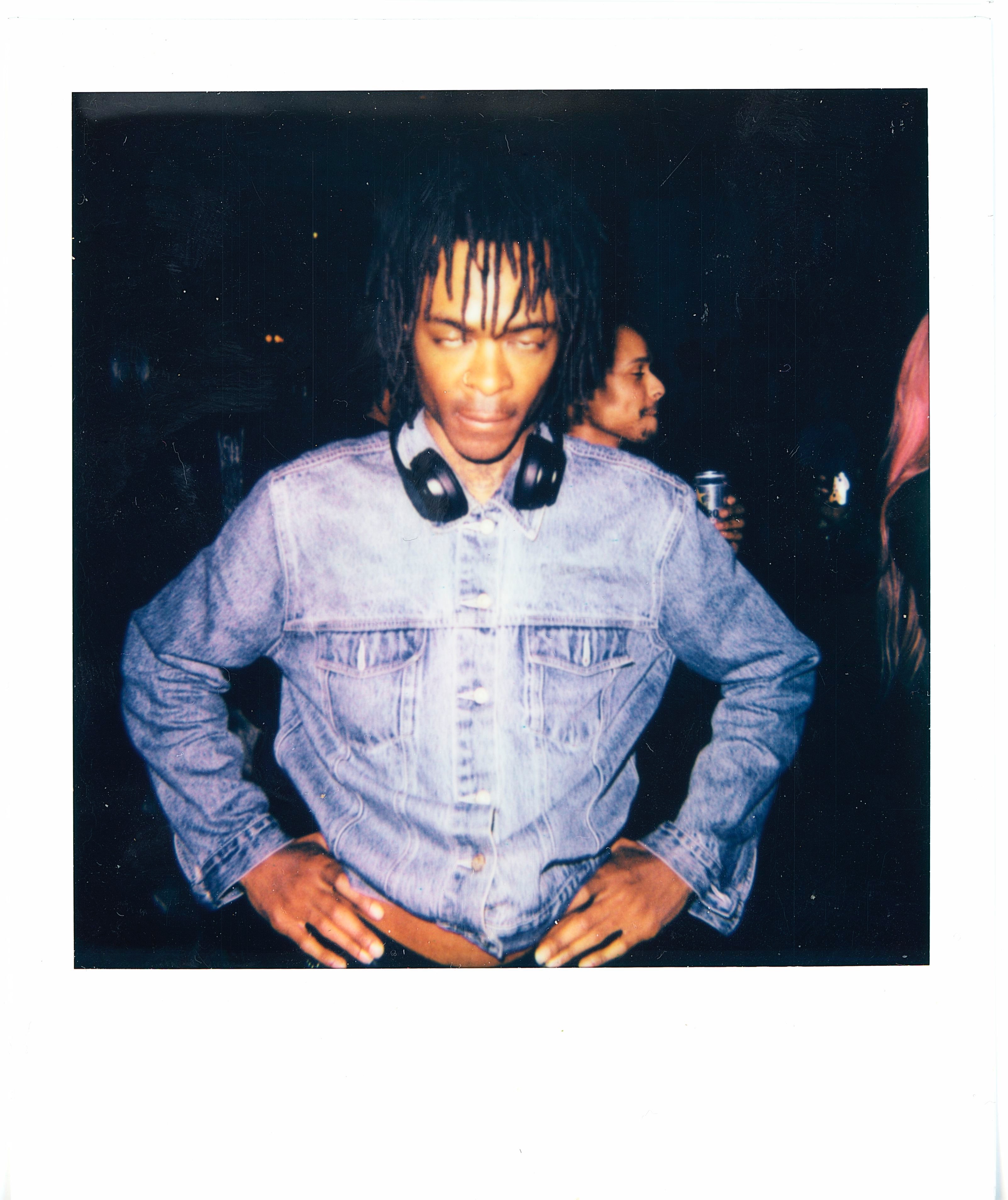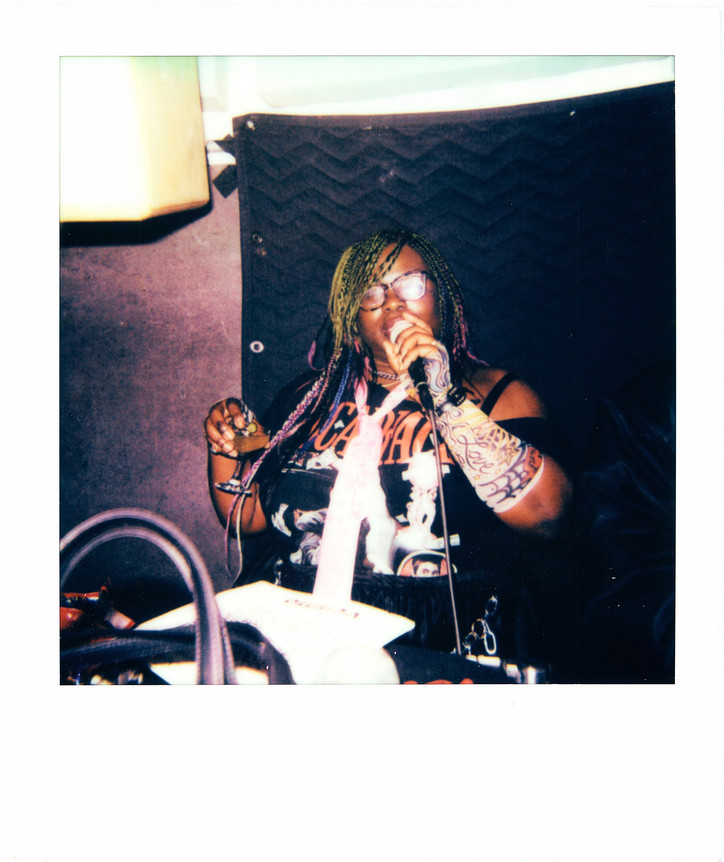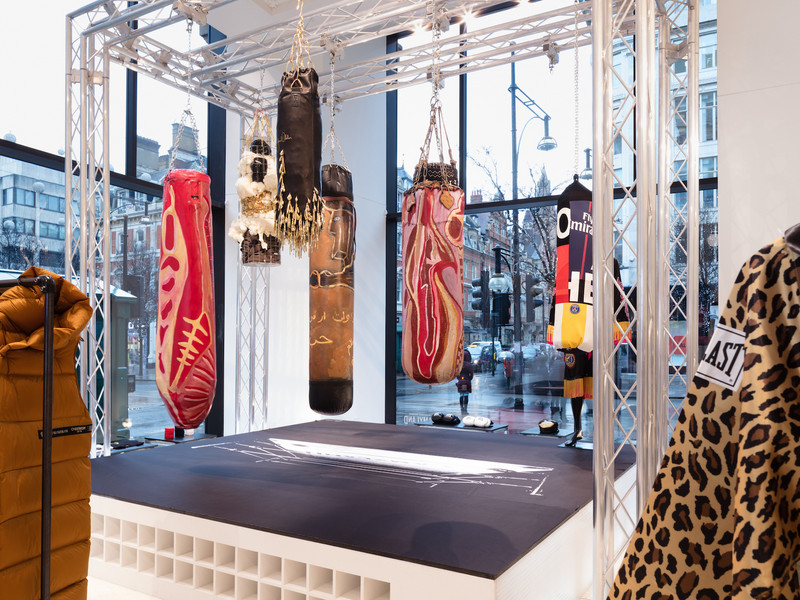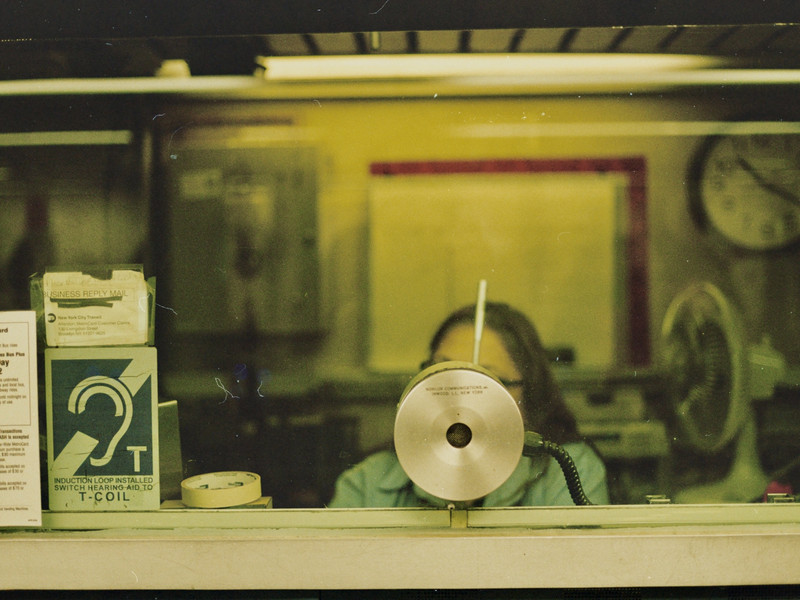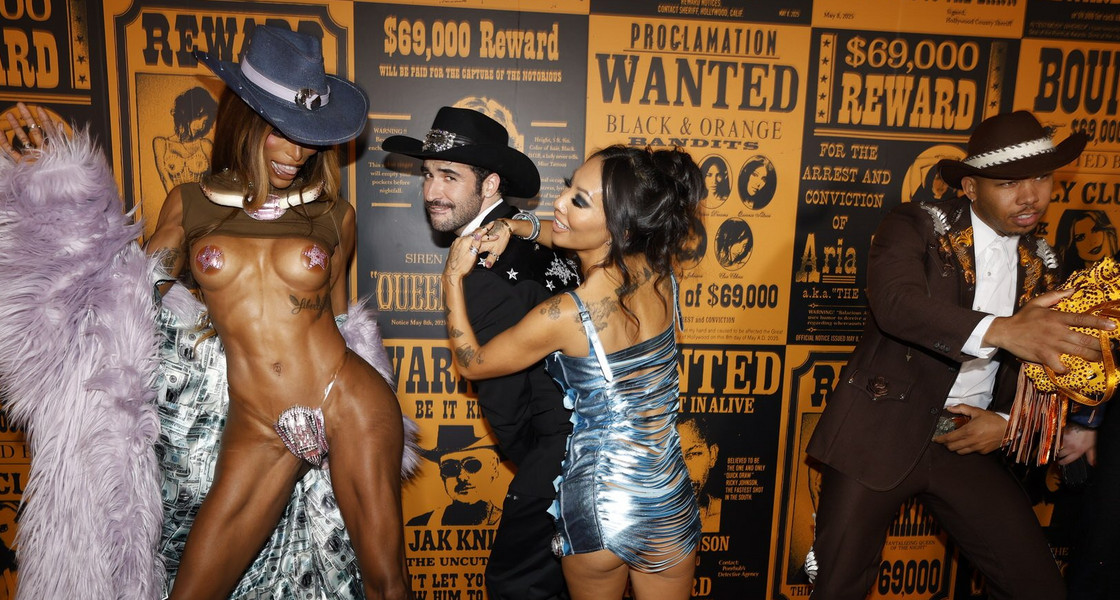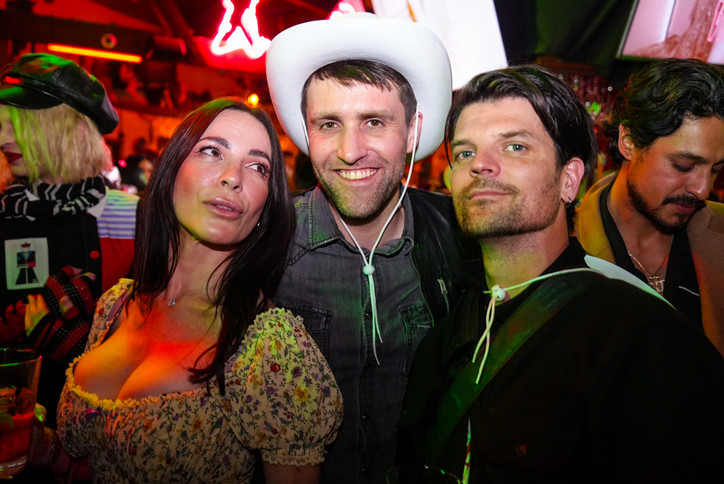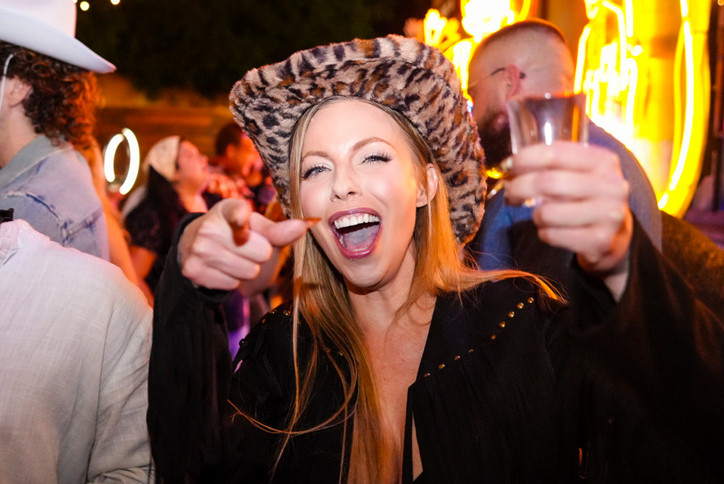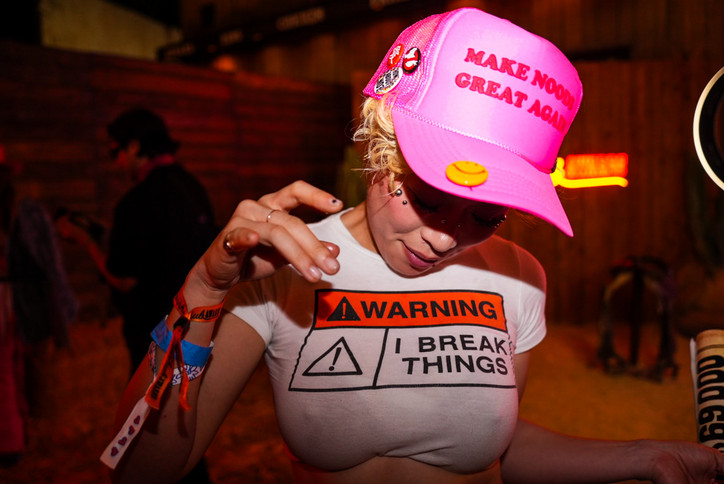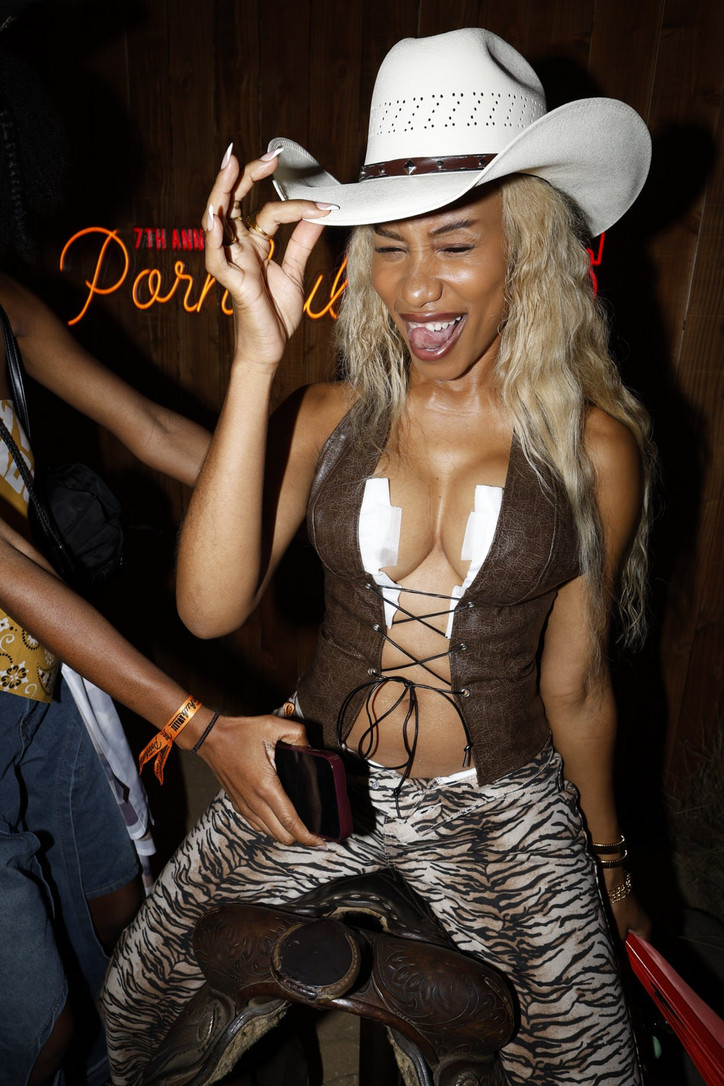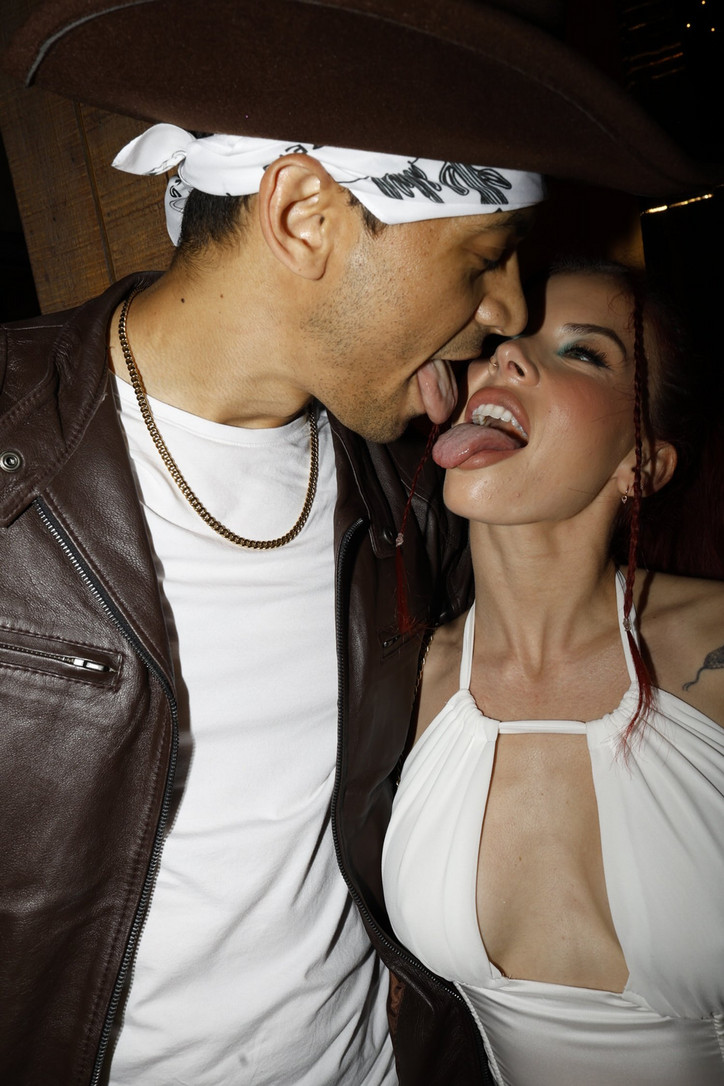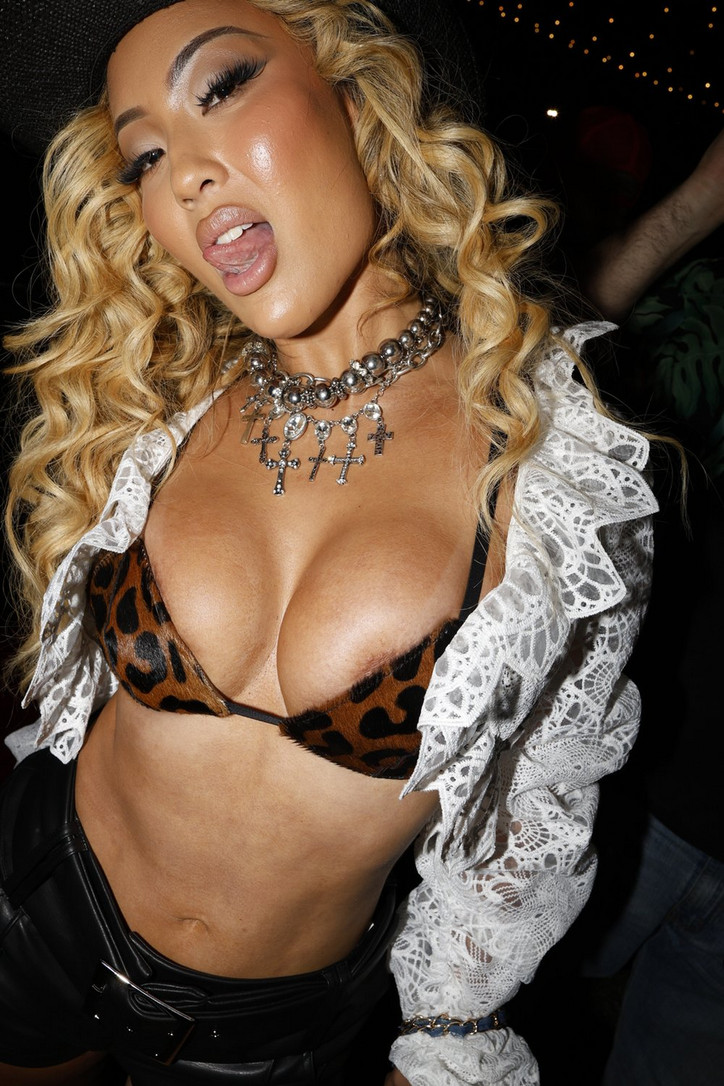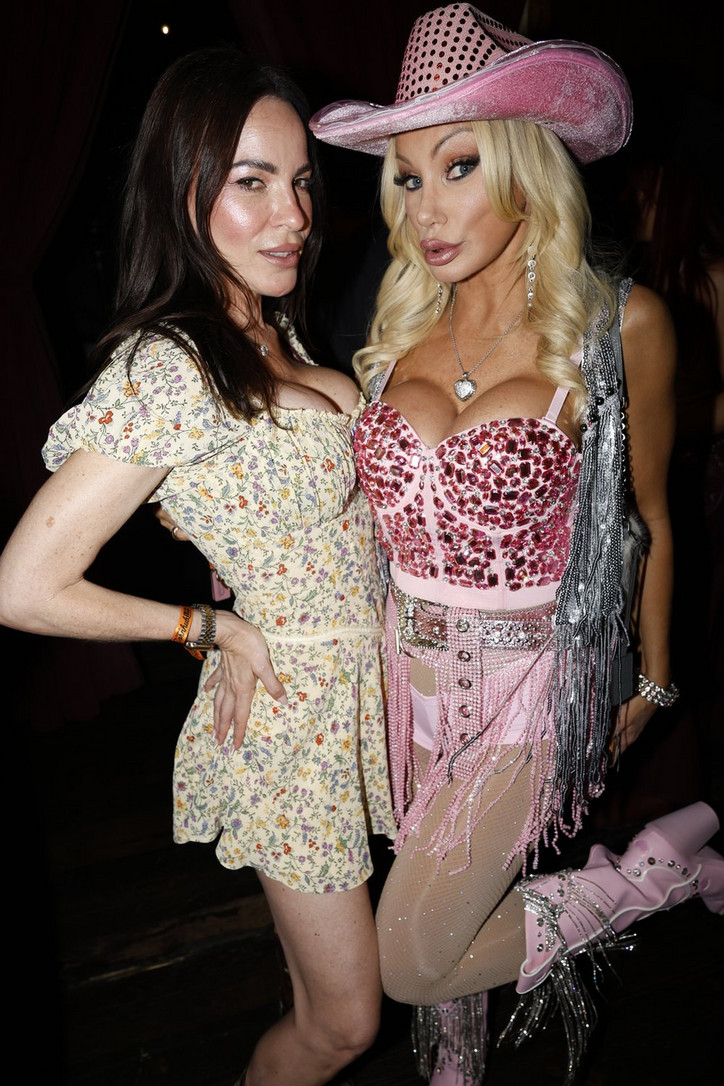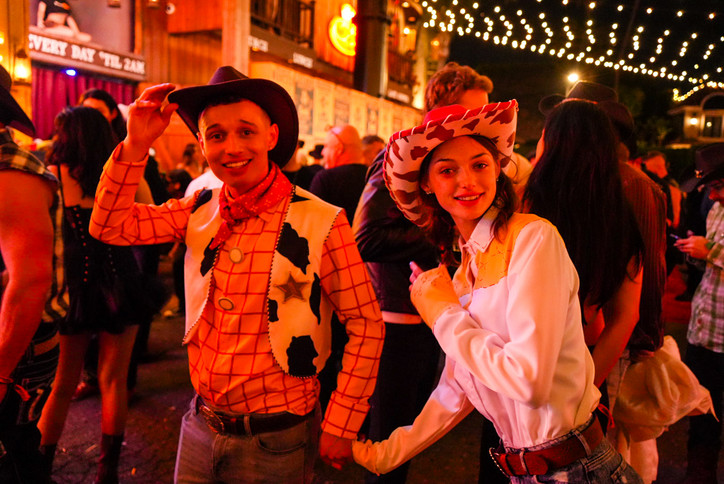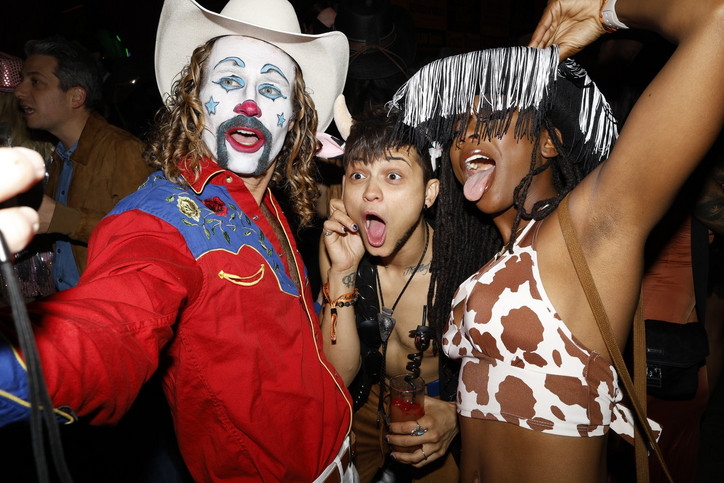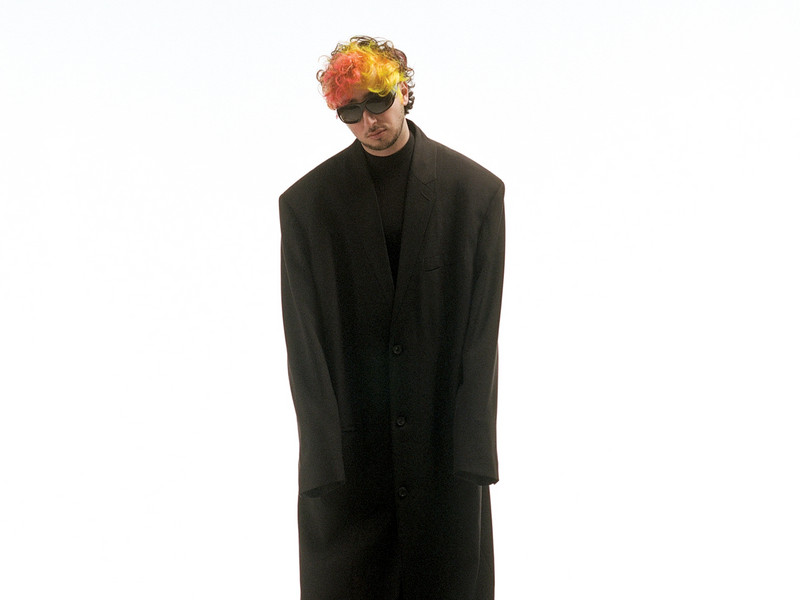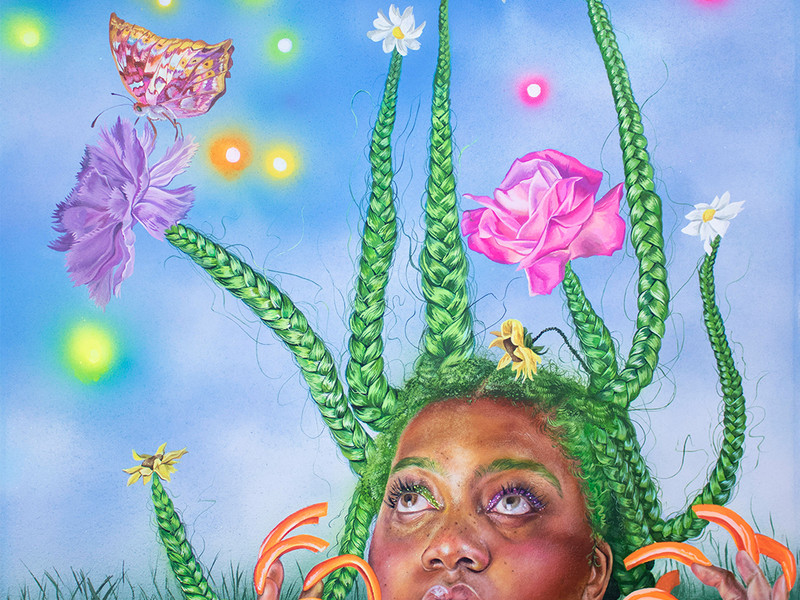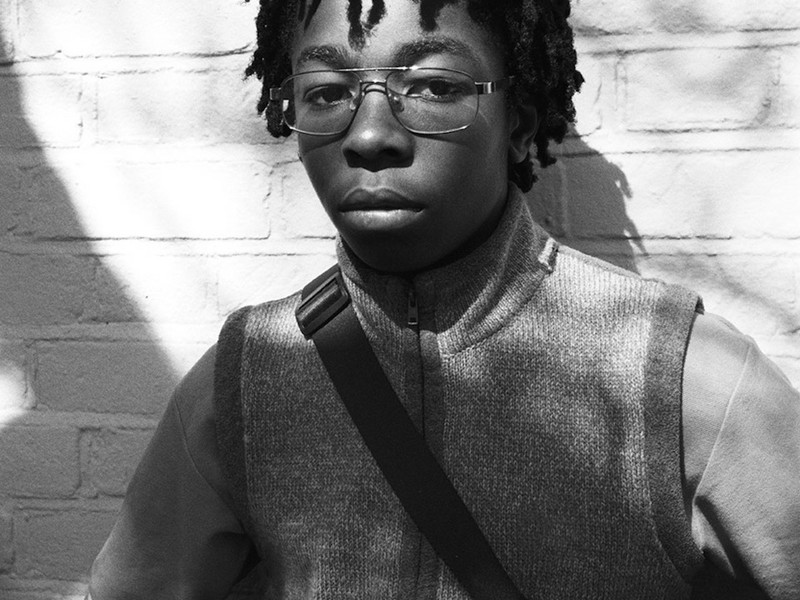Finding Afterlife in the Ruins at Whole Festival
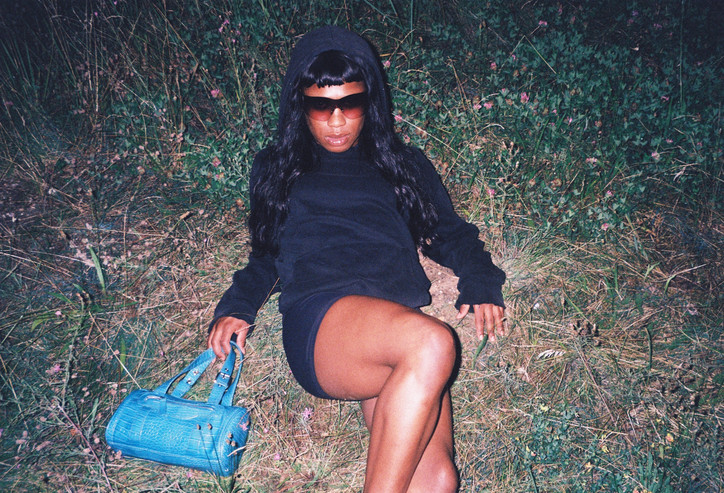
In the serotonin-depleted slump following Berlin Pride, the city slowly begins to populate with fresh faces arriving from near and very, very far. The cause for our coalescence is Whole, the world’s largest queer electronic festival with an all-time high of 8,000 attendees this year. In an era of sanitized corporate Pride parades, Whole is a reprieve: an event for actual queer people. It takes place at Ferropolis, once the center of the global brown coal industry and now a monument to Germany’s short-sighted and short-lived industrial era. I attended its sixth edition with seasoned Berlin culture photographer Spyros Rennt to document the strange harmony between joy and ruin that occurs there, asking: who will dance after the end of the world as we know it?
Whole is a festival unlike any other, thanks in part to its unique booking style. Rather than sourcing individual headliners to generate traction, it has grown organically each year by hosting a distinctive constellation of underground queer collectives from around the world. Well-known regional players like Berlin’s Mala Junta and London’s Adonis are unsurprising mainstays, but it reaches intently further with collectives like Equation (Vietnam), Mamba Negra (Brazil), The Death of Glitter (South Africa), Veselka (Ukraine), and ZVUK (Kazakhstan) rounding out this year’s program.
Over four days of constant programming, near-sleepless attendees traverse a global sampling of the queer community’s many undergrounds. After braving the 20-minute lakeside walk from the camping area to the peninsula, only somewhat regretting foregoing the Salomons for my two-inch platforms, I am greeted by the distant pulsing of Tokyo’s techno godfather DJ Nobu performing unmissably at the center of a massive concrete amphitheater. From there, I follow a meandering wooded path to the festival’s most iconic stage, a face-shaped dock suspended on the lake with Gabrielle Kwarteng and OMOLOKO peeking out through the clouds of smoke emerging from its puckered lips. After some three hours of attempted sleep, I wake up drenched in sweat and find my way to a small stage hidden behind a giant crane, where I am transported to the land of Latincore through a dizzying series of one-hour sets by Colombian powerhouses including Aleroj, CRRDR, and Rosa Pistola. I gravitate most often to the doll-dominated forest stage, where São Paulo’s peerless Slim Soledad holds court with New World Dysorder stars like Cali Rose and Khloe.
It all culminates in what my best friend Osei dubs “our Olympics”: an exhibition of the emerging and established greats of the international queer underground. Despite this remarkable range of style, identity, and geography, I am taken by Whole’s surprising cohesion. For generations, queer scenes have existed in relative isolation from one another, but there are shared themes at the heart of each local tradition: subversion, defiance, resilience, euphoria, play. Converging in place, each artist contributes to a quilted soundscape that is at once manifold and singular, celebrating both the diversity and unity of an increasingly globalized queer music culture.
It isn’t all sex, drugs, and techno — though there is plenty of each to go around. While seductive, high-BPM dance music may sustain Whole’s beating pulse, there is much more at its heart: a floral memorial to lost community members by artist João Carinho; a talk on nature’s queerness by Selma Rodriguez and Nary Götze; a session by relationship counselor Freya Rose titled “Invite Your Ex to this Workshop” that I can’t get either of my exes in attendance to come to for some reason. Blink and you’ll miss it, but those who attend year after year often say that the broader program provides the sense of nourishment and community they keep coming back for. Returning for my second year, I find that to be true. During moments of rest between dancing, these events and installations prompt me to reflect, foster connection, and wade slightly further into my queerness.
No matter where we come from, each local queer community shares in parallel struggles. Within these urban undergrounds, we are typically confined to far-flung clubs and illegal warehouses, often changing our clothes upon arrival to avoid the risk of harassment or violence on the commute. A friend of mine arriving from Malawi tells me harrowing stories of friends who have gone into hiding this month following the upheld criminalization of “same-sex conduct” there, but even in my Los Angeles home a beloved community member was recently brutally assaulted — in West Hollywood no less — simply for being trans. Shielded by its seclusion, Whole provides a home for unbridled queer expression where we are invited to step fully into our identities through our fashion, expression, and behavior.
The result is queerness taken to its logical extreme. It is a window into the kinds of worlds we can build when we are free to build for one another, without fear of repercussion. Queer people have created beauty through culture, art, and innovation as long as beauty has been created, but too often we have done so under straight direction and for straight audiences. At Whole, we are unmediated, unedited, uncontrolled — and our imaginative power feels, in a word, futuristic. Bushwick’s seasoned party girls are just as wide-eyed as the rest; however queer you are upon arrival, you are certain to leave just a little queerer. Released from the urban corners we are typically confined to, Whole is a world of our own. And damn, is it sexy.
It is easy to lose sight of the landscape within which this blissful debauchery unfolds. But now and again, I find myself gazing up at the looming crane, its shadow playing sundial in heedless indication of the passage of time.
While Ferropolis is a queer mecca for one weekend each August, it is otherwise a monument to Germany’s industrial era. Throughout the second half of the 20th century, it marked the center of the global brown coal industry, making a handful of elites and corporations exorbitantly rich. That prosperity had a shelf life of 35 years, leaving little benefit to the region — now one of Germany’s poorest — while its social and ecological consequences continue to reverberate far beyond, its ravaging mark visible in even the most distant geographies we hail from. It is a strange site upon which for us to gather, as outsiders to this world system long relegated to the violent edges of the destructive paradigm it memorializes.
Even now, my sense of temporary haven dissolves as an onslaught of sporadic, heavy storms — now a hallmark of German summers in the climate crisis — interrupts the festival’s second night. At first I hide out in the artist section, one of the only parts of the peninsula not fully exposed to the elements, before deciding to brave the rain. Outside, veiled by a translucent black net, Hyperaktivist and DJ Tool perform back-to-back flawlessly for a jam-packed crowd of wet, glistening bodies dancing ecstatically in the torrent, illuminated now and again by strikes of lightning.
What kind of act is it, to dance upon ruin? Is it careless? Morbid? Obscene? Or is it liberating, hopeful in a time when hope often feels impossible? As an environmentalist and climate activist, this question weighs on me heavily when I arrive at Whole. But as the sun rises over the ambient stage, it is Brooklyn’s own Sekucci who gives me my answer.
Sekucci was given the considerable challenge of delivering a three-hour ambient set at a festival that does not adhere to any apparent standard of time. In planning, they imagined two audiences: the brave or unhinged souls still carrying from the night before (guilty as charged) and the early risers welcoming a new day. Beginning with the songs of woodlarks and hummingbirds, I listen as they slowly weave from flowing river streams and the rustle of blowing leaves to Tibetan sound bowls and instrumentals from West Africa and the Caribbean, all drums and flute. In the end, they “pressed play and gave it to God and the universe,” coaxing restful bodies once more to dance. In what they tell me is one of the most memorable sets of their career, Sekucci seamlessly unites the natural and artificial sounds that together form Whole’s sonic universe.
I begin to see two intertwined acts of reclamation taking place: one nature’s and one ours, both seizing the opportunity to build something new upon the ruins of a world that never served us. We make surprising kin, heels and acrylic nails now coated in dirt, but we share equally in the mourning and adaptability that the climate crisis has required of us. Of course it is we who dance atop steel machinery decaying with rust, who bathe in water once so contaminated it was unswimmable, who kiss in the shade of shipping containers overtaken by regaining forest. Call me naïve, but I am unwilling to accept that this moment of queer triumph, this time of profound connection and community we have fought for centuries to reach, is doomed to occur at the end of history.
I write this essay in the midst of another sacred Whole ritual: the comedown holiday. This year, I am nursing my physical and spiritual hangovers on a small island in the Aegean, where ancient ruins exist in shared nonchalance with tavernas and beach bars. I am reminded that what feels like the end of time is often actually a mark of transition, the passage from one world system to another. An ending is as much an ending as it is a beginning; it asks us what kind of world will follow, and who will build it.
In this time of climate crisis, defined by grief, loss, and an urgent need for adaptation, who better to turn to than us? The challenges posed to humanity by the climate crisis have been weathered by queer people for generations. From this injustice we have become experts in imagination, resilience, hope, community, survival, and transition — each vital to persist on a burning planet. Perhaps most importantly, we are gifted with an eye for surprising beauty where others cannot see it, and with hands capable of cultivating such beauty from the tatters of our wounded home.
People often call Whole a “queer utopia,” but I don’t see it that way. Utopian projects are typically contained, master-planned, and fleeting. What makes me confident in Whole’s staying power, and in its broader significance, is that it represents the opposite. It is not the product of a singular stroke of genius but the natural result of generations of community-building and artistry across disparate geographies, together producing an increasingly networked and flourishing queer scene. It is messy, unruly, and hard to define, which makes it spacious enough for the great diversity of people within it. I am reminded of the larger ecosystem Whole is sown from during conversations with Venezuelan-born, London-based Tedesco and Colombian-born, Berlin-based CRRDR, whose collectives and club nights have helped carve out a lasting home for Latincore in the competitive European market. Each day we are growing in strength and scale, building life-giving worlds in a time defined by loss. Whole is a monument to that progress.
Whole is not a party at the end of the world but an afterlife of its own, where unconstrained queerness occurs in strange harmony with nature. It is a demonstration of the kinds of worlds we can create, as those who have learned to dance at the bleeding edges of the one we now bid farewell. I am silent on the bus ride back to Berlin, as many are, basking in the joy that comes from building something new.
